32 things to know about service dogs
Service dogs help people with disabilities carry out everyday tasks – as well as often saving their lives. Here are things to know about service dogs.
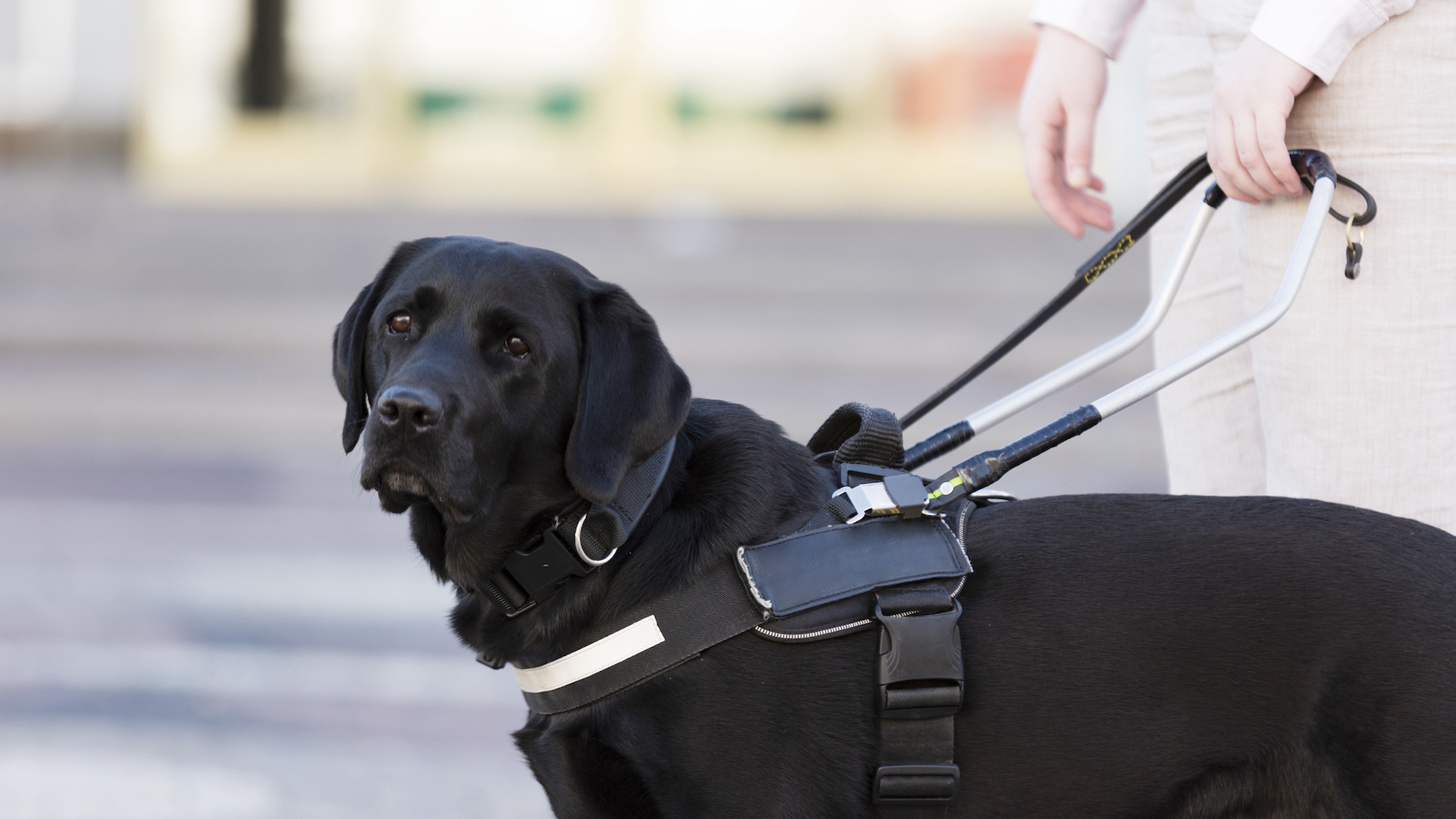
Archaeological evidence suggests that dogs have been domesticated for some 30,000 years. Man and dog have long walked hand in paw, with our four-legged friends not only enriching our lives but also providing loyal service, whether it’s in the form of protection, their hunting skills, or simply companionship.
But for some people, their dog’s contribution to their lives is not just invaluable, but essential. Step in “service dogs”, whose primary role is to assist those with disabilities. As such, they are highly trained working dogs with specific skills to help their handlers and are not considered pets. Although these heroes will still enjoy some of the best dog treats for all their hard work.
A service dog can be any size, breed, age, or personality – what links them all is their capacity to learn a skillset and work their socks off for their handler. Let’s take a look at what all dog lovers should know about service dogs.
32 things to know about service dogs
1. “Service animals” means dogs
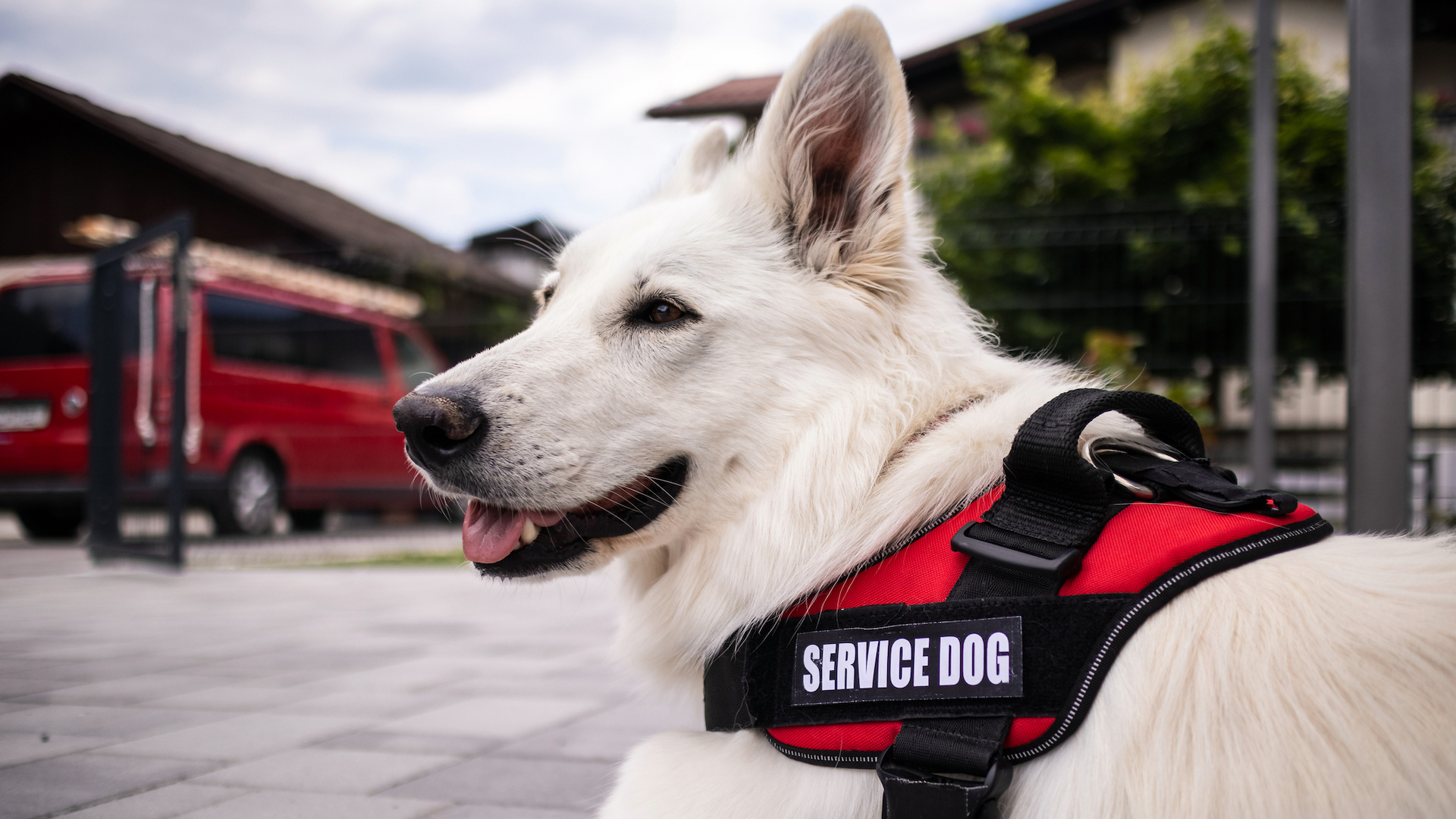
Dogs are the primary service animals. The only possible exception is a miniature horse which has been trained to perform specific tasks to assist a person with a disability, and is also housebroken as well as meeting other safety requirements.
According to the Americans with Disabilities Act (ADA), new regulations now include the provision of miniature horses, however, they are not included in the definition of a service animal, which remains limited to dogs.
2. They may be any breed or size
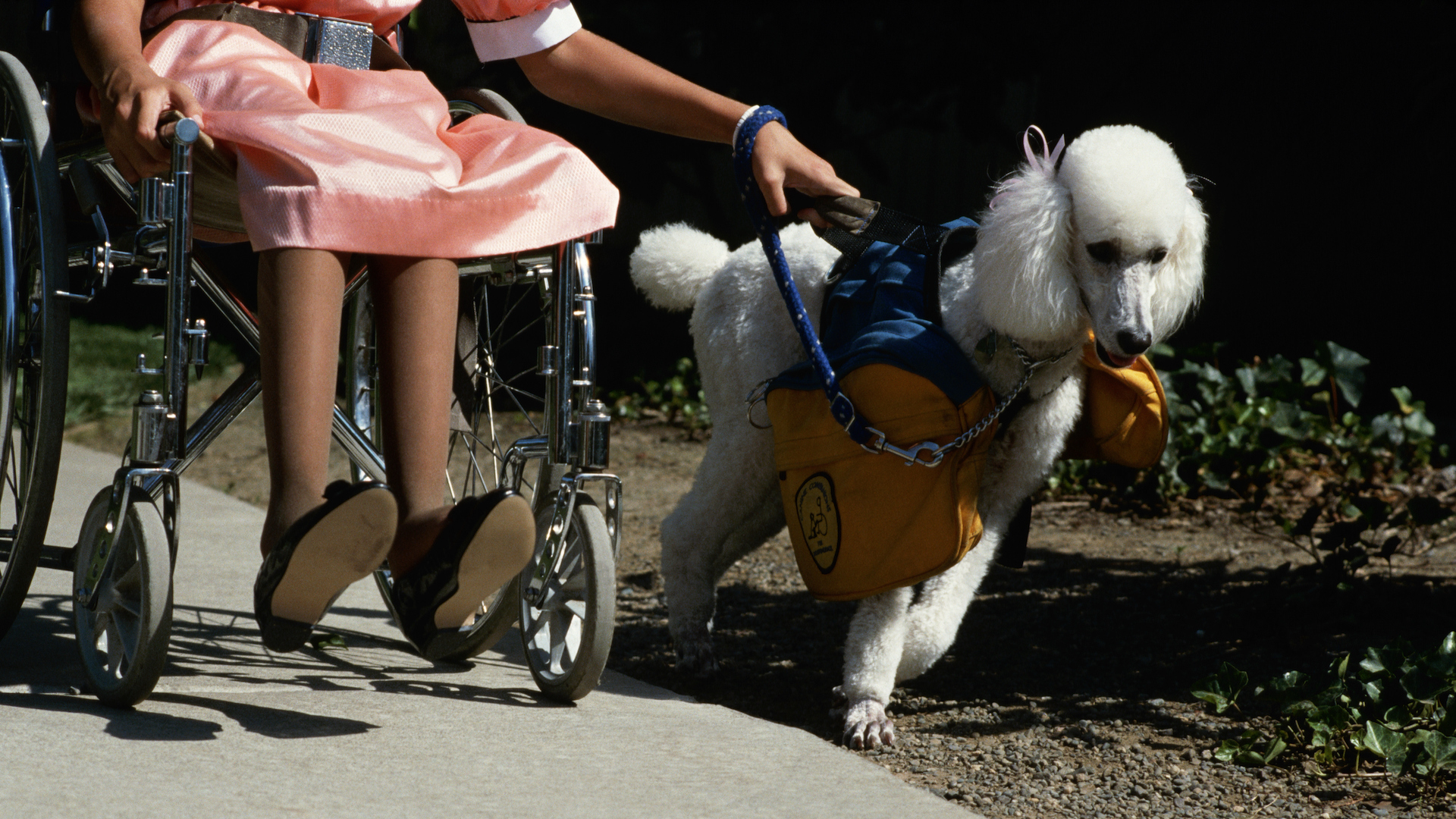
While we may be familiar with golden retrievers, Labradors, and German shepherd dogs working alongside people with disabilities, any breed that can be trained to do the job required can be a service dog.
According to the American Kennel Club, alongside this trio, other popular service dog breeds include poodles, collies, and pomeranians.
PetsRadar Newsletter
Get the best advice, tips and top tech for your beloved Pets
3. Professional training is not a prerequisite

In the US, service dogs are not required to be certified or go through a professional training program. However, how the dog is trained is what distinguishes it as a service animal. Although many are professionally trained, there is nothing to stop their handler from learning how to train a service dog themselves – so long as their training directly relates to their disability.
Dogs that are still in training are not considered service dogs, they need to be fully equipped to do their job if they are working. However, some places will permit training dogs to help them progress.
4. Service dogs are not therapy dogs
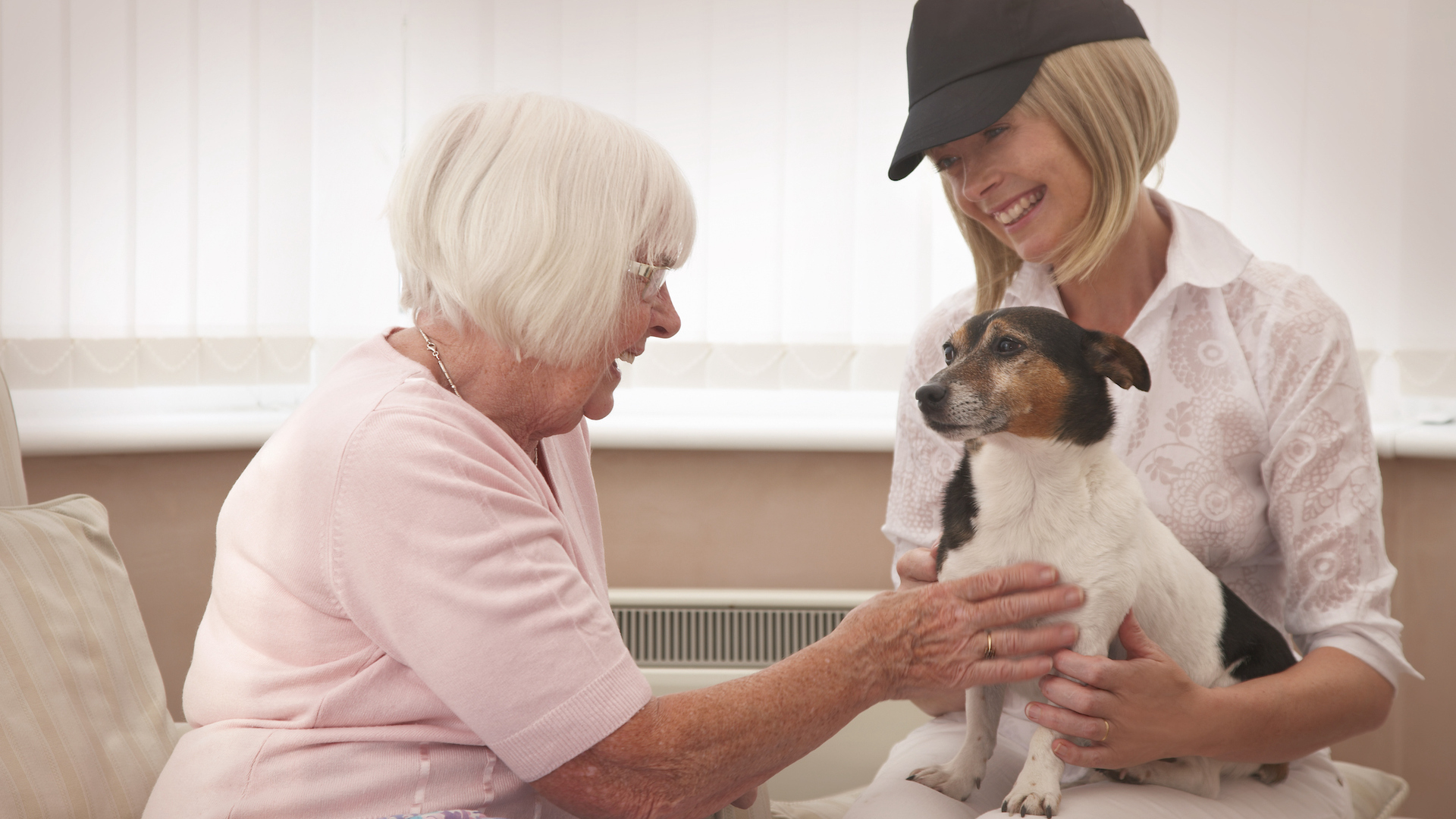
Dogs who are used to provide emotional support or comfort are not service dogs. Service dogs perform tasks directly related to a person’s disability, which does not cover emotional support and comfort. Although dogs are still one of the best emotional support animals.
There is a distinction between psychiatric service animals and emotional support animals, according to the ADA regulations. If the dog has been trained to sense an imminent anxiety attack and take specific actions then it would classify as a service dog. However, if it is simply providing comfort by being there, then that is an emotional support dog rather than a service dog.
5. They are not required to wear a vest or carry ID
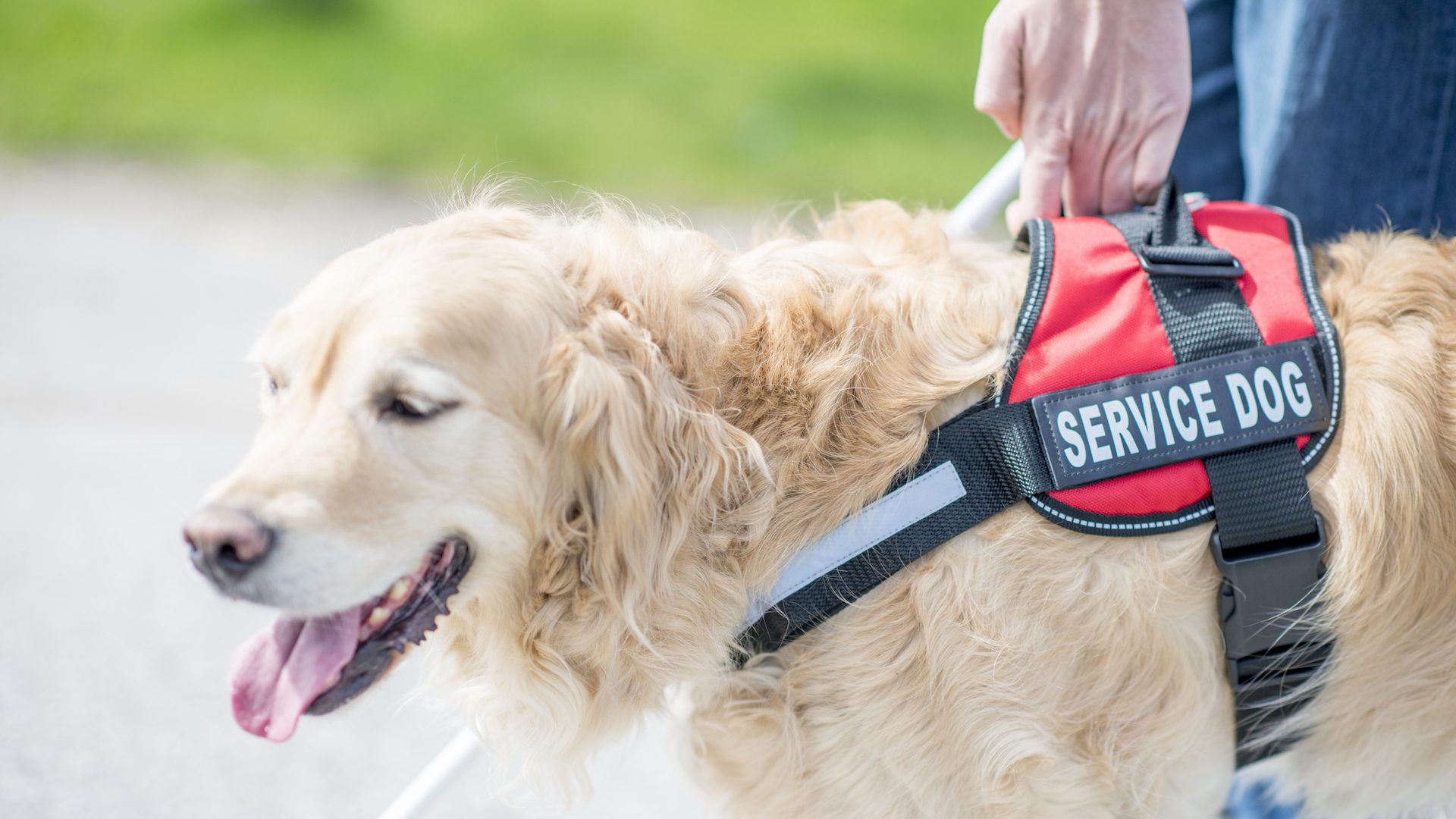
Although service dogs often do wear a vest and it is helpful to mark them out, it is not required in the US. In other countries, a vest and ID document is obligatory.
There are strict rules around how someone can go about finding out if the dog is indeed a service dog, despite the lack of an obligatory vest and ID. Business or facility managers are permitted to ask only two questions: if the dog is a service animal required because of a disability, and what tasks the dog is trained to perform – but not for any proof of documentation nor request that the dog demonstrates its skills.
6. Most businesses open to the public must permit service dogs to enter
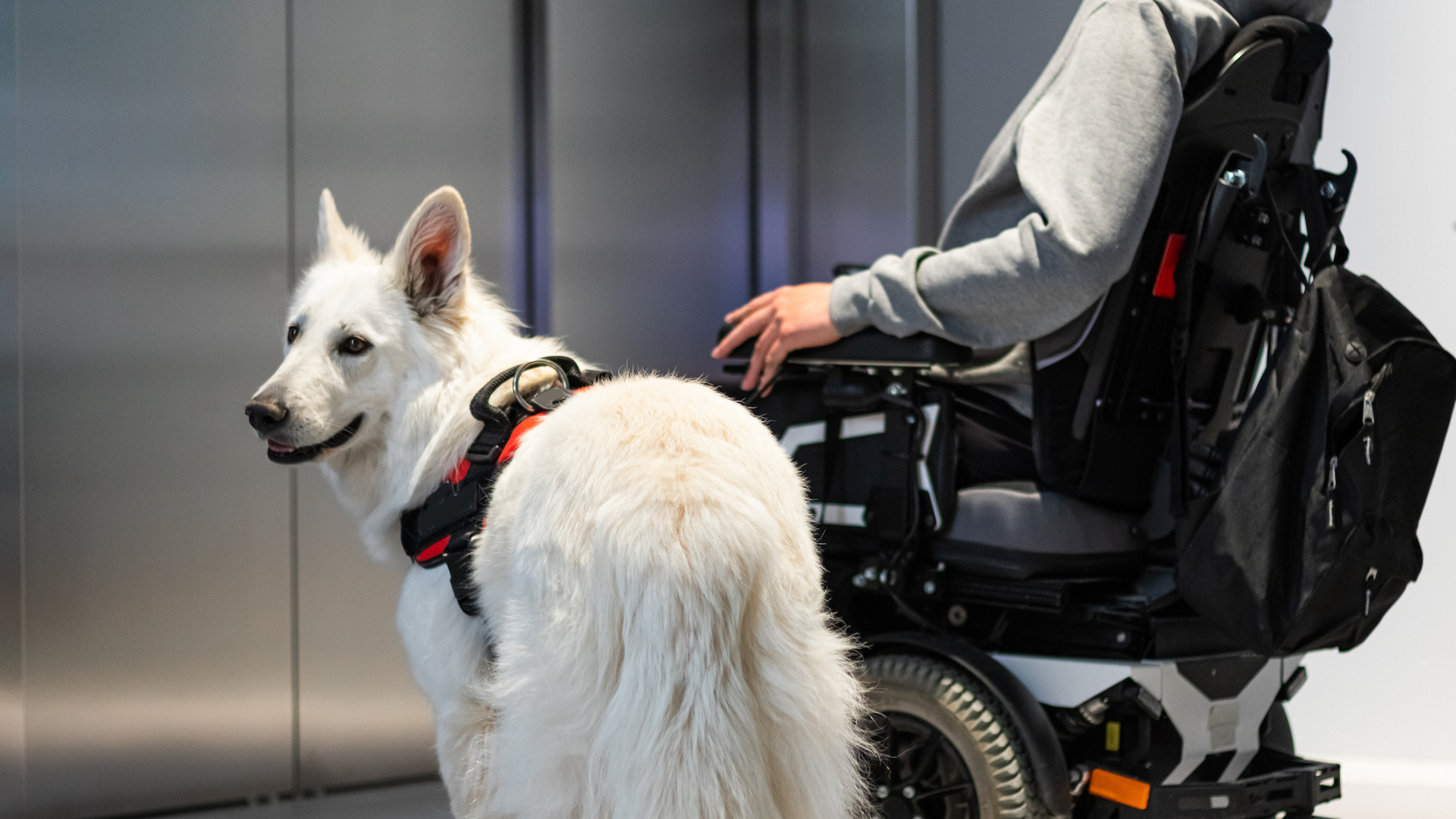
Service animals generally have an all-access pass to buildings that are open to the public, even if they have a no-pets policy.
This includes state and government buildings, restaurants, shops, hospitals, schools and hotels, housing at public and private universities, public housing programs run by state, county, and city governments, and emergency shelters.
The ADA gives the example of a woman arriving at a restaurant with her service dog and asking to dine inside although dogs are only permitted outside. The restaurant cannot deny her request.
7. There are areas that are no-go for service dogs
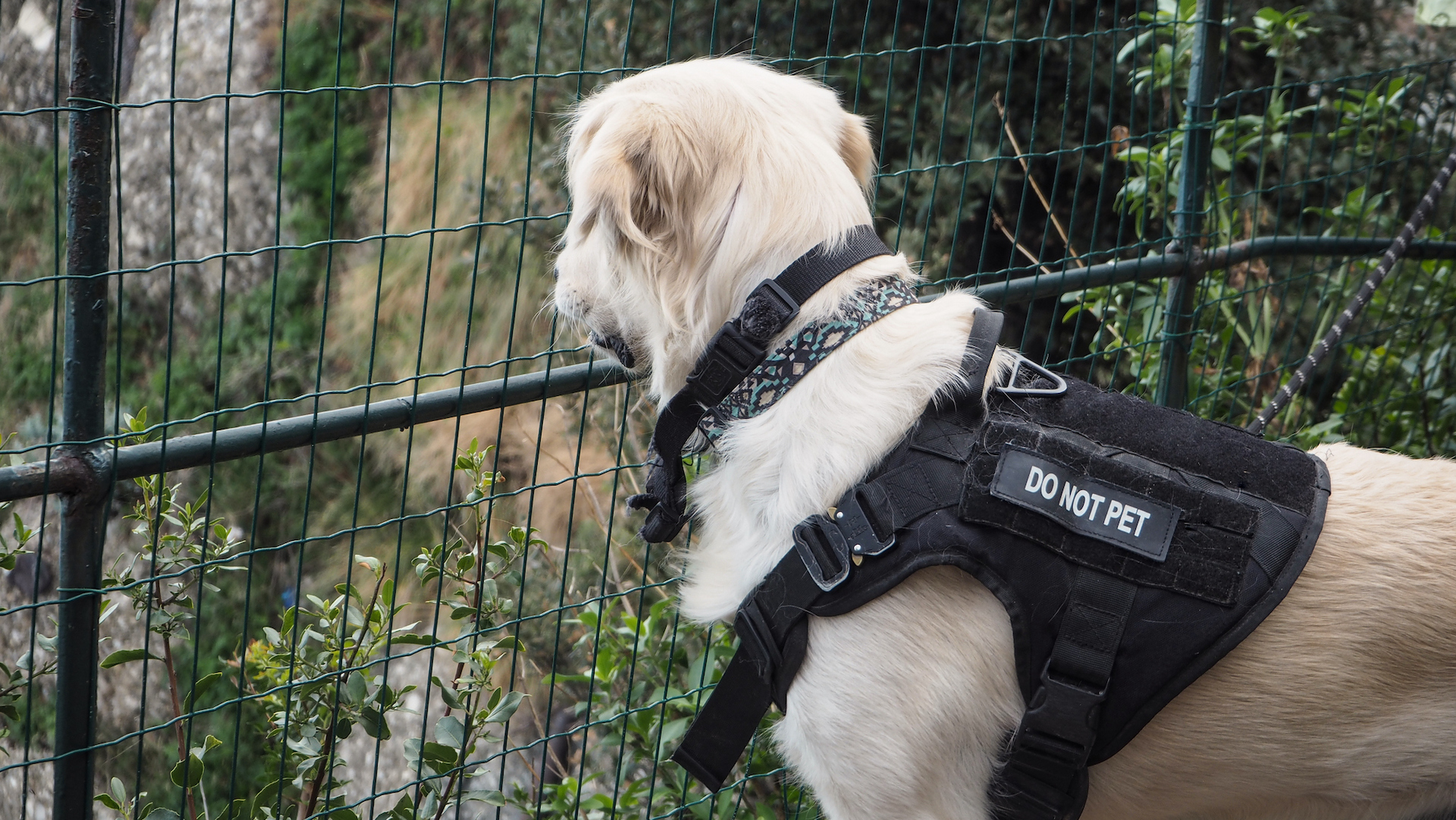
A service dog can be denied access to a public building or business if their presence fundamentally alters the nature of goods, services, or activities provided to other users. For example, a sterile area of a hospital, or areas of a zoo where dogs are either natural prey or predators of the animals displayed.
8. Specialized skillsets
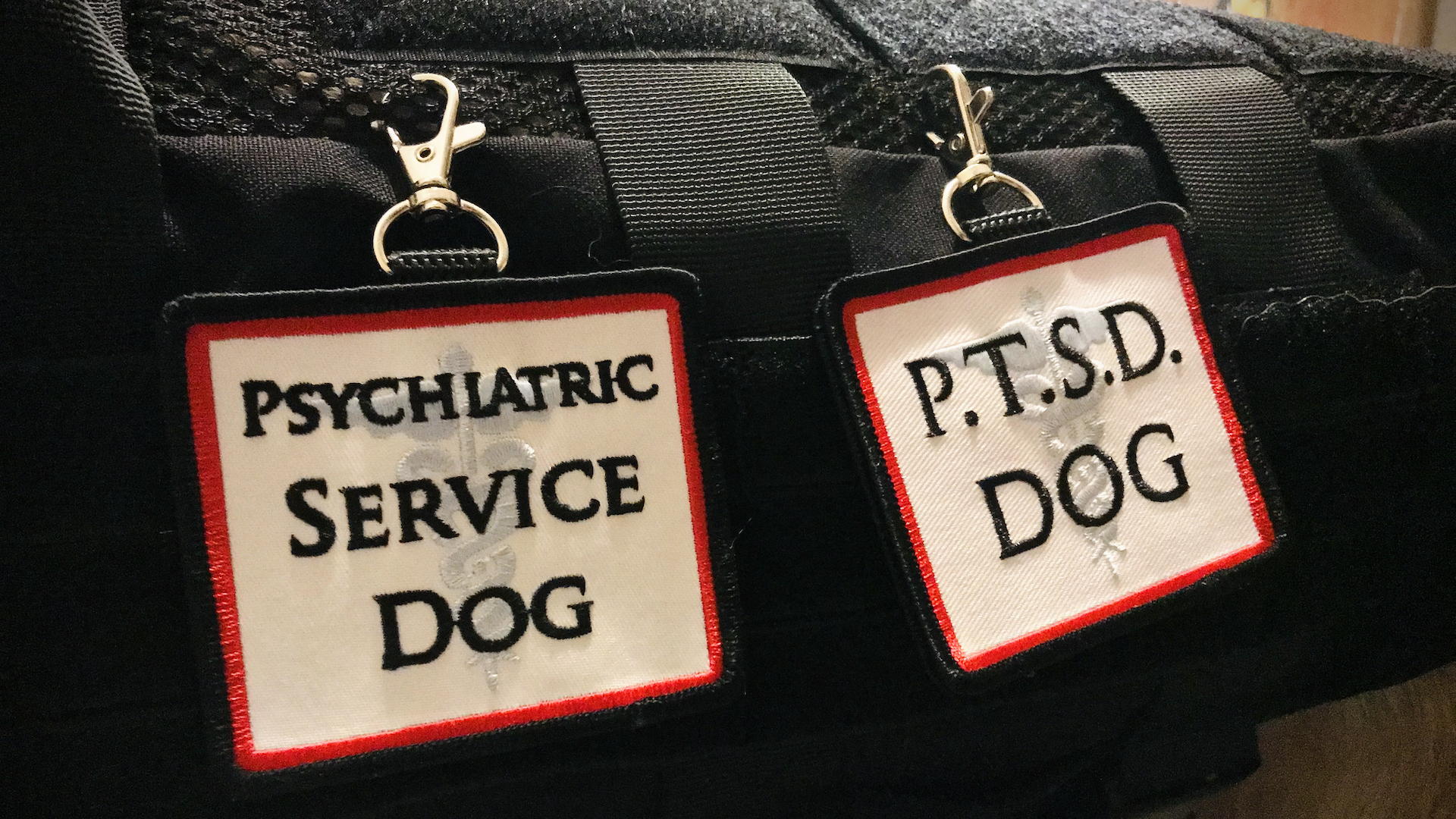
Different service dogs have different skills. Although many people picture assistance dogs as providing support for blind people, there are many other tasks they can fulfill for people with a range of disabilities.
For example, a wheelchair user’s dog may be trained to retrieve objects for them; someone with depression may have a dog trained to remind them to take medication; a PTSD sufferer’s service dog may lick their hand to alert them to an imminent panic attack. A person with epilepsy may have a dog trained to recognize the signs of an oncoming seizure and help them to stay safe.
9. Service dogs can be removed from the premises
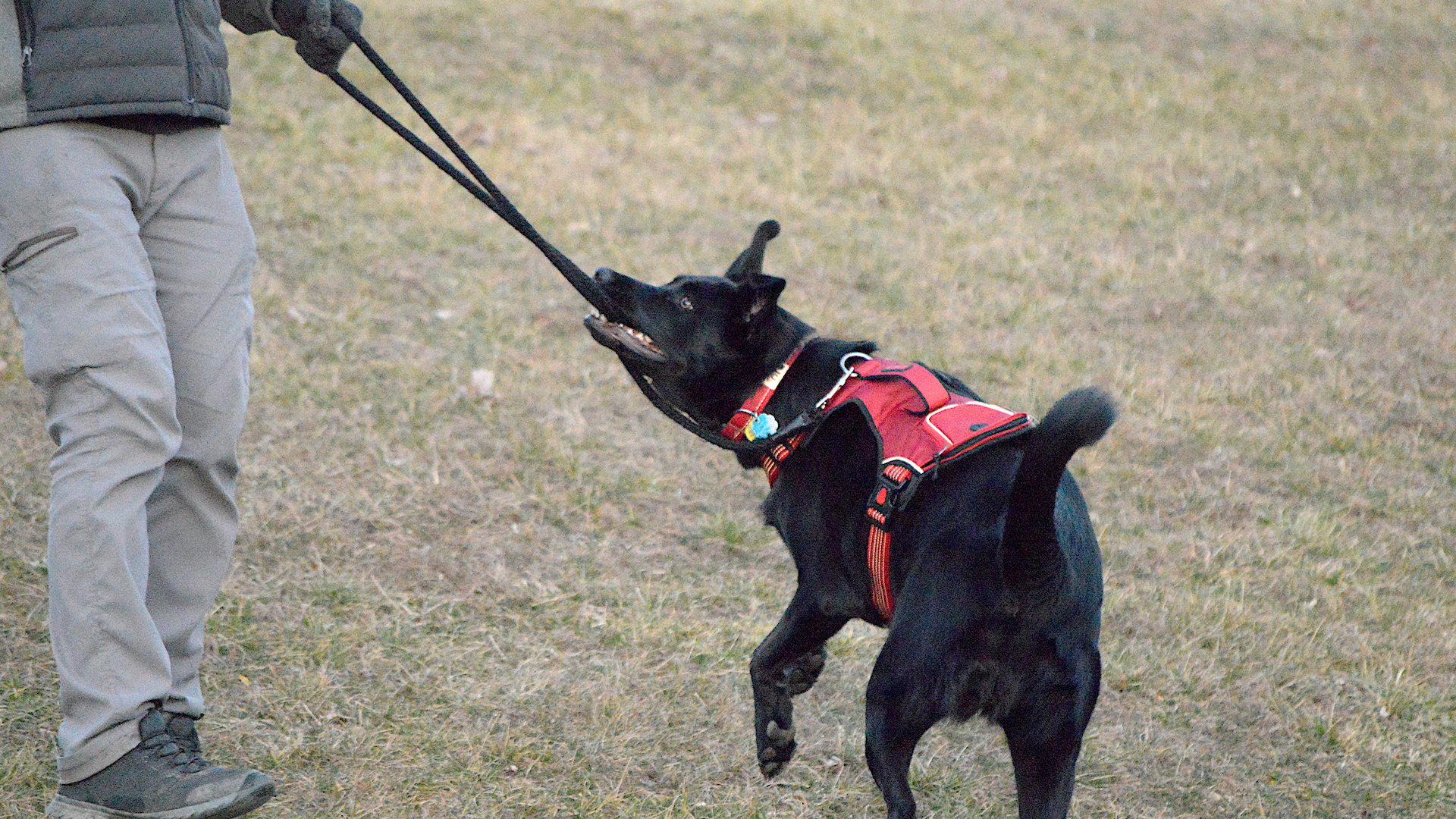
If the dog is not house-trained or it is out of control and cannot be brought back under control, then a business or facility is permitted to ask the handler to remove their service dog.
10. A service dog is a working dog, but not the other way round
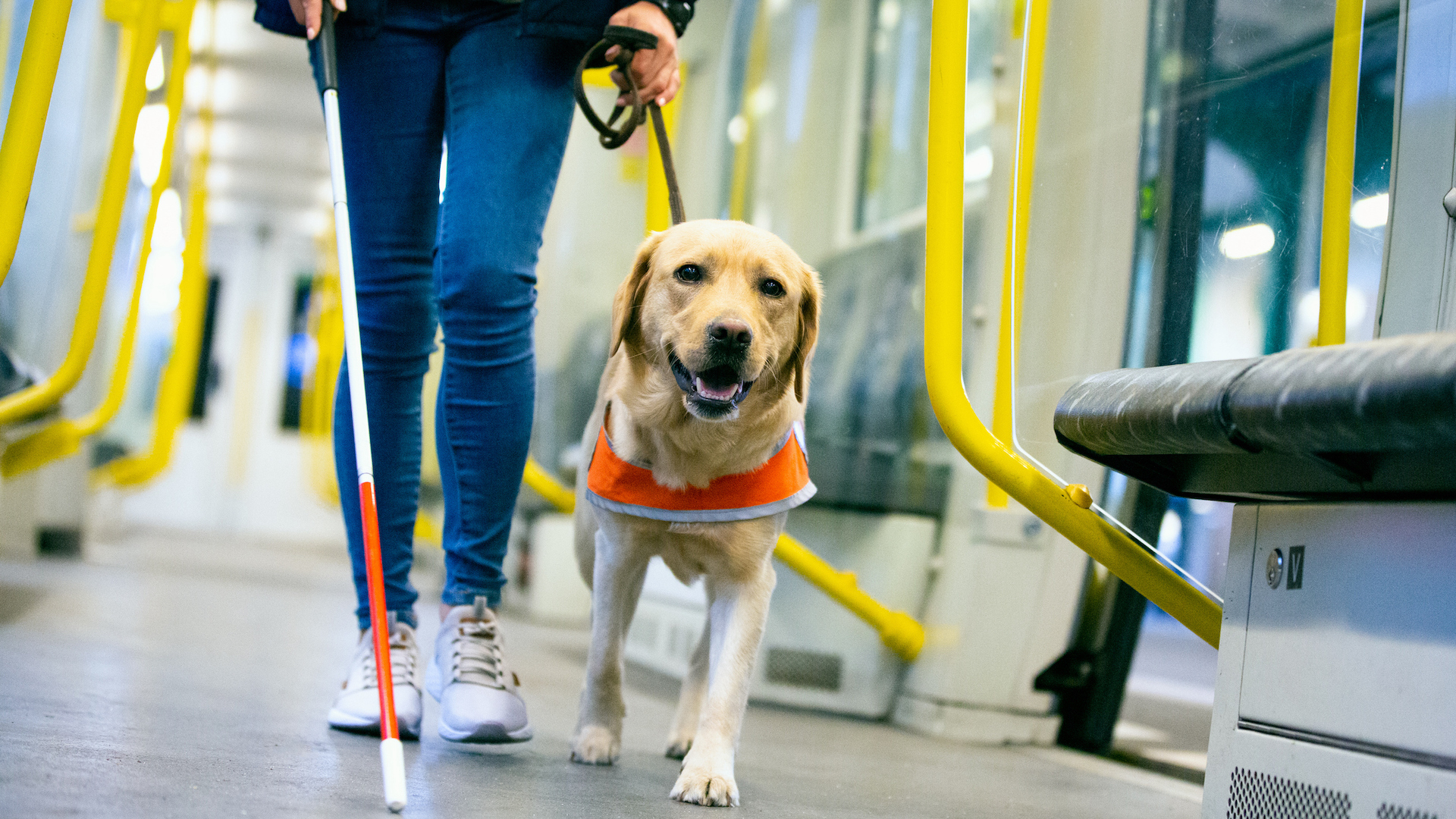
While service dogs are working dogs, there are many other working dogs providing wonderful services that don’t fit under the legal service animal umbrella. Service dogs have been carefully trained to help provide for the specific needs of a person with a disability.
Other working dogs may include police dogs, search and rescue dogs, sniffer dogs, explosive detection dogs – and even those used for sports such as gundogs.
11. Service dogs in the canteen and kitchen
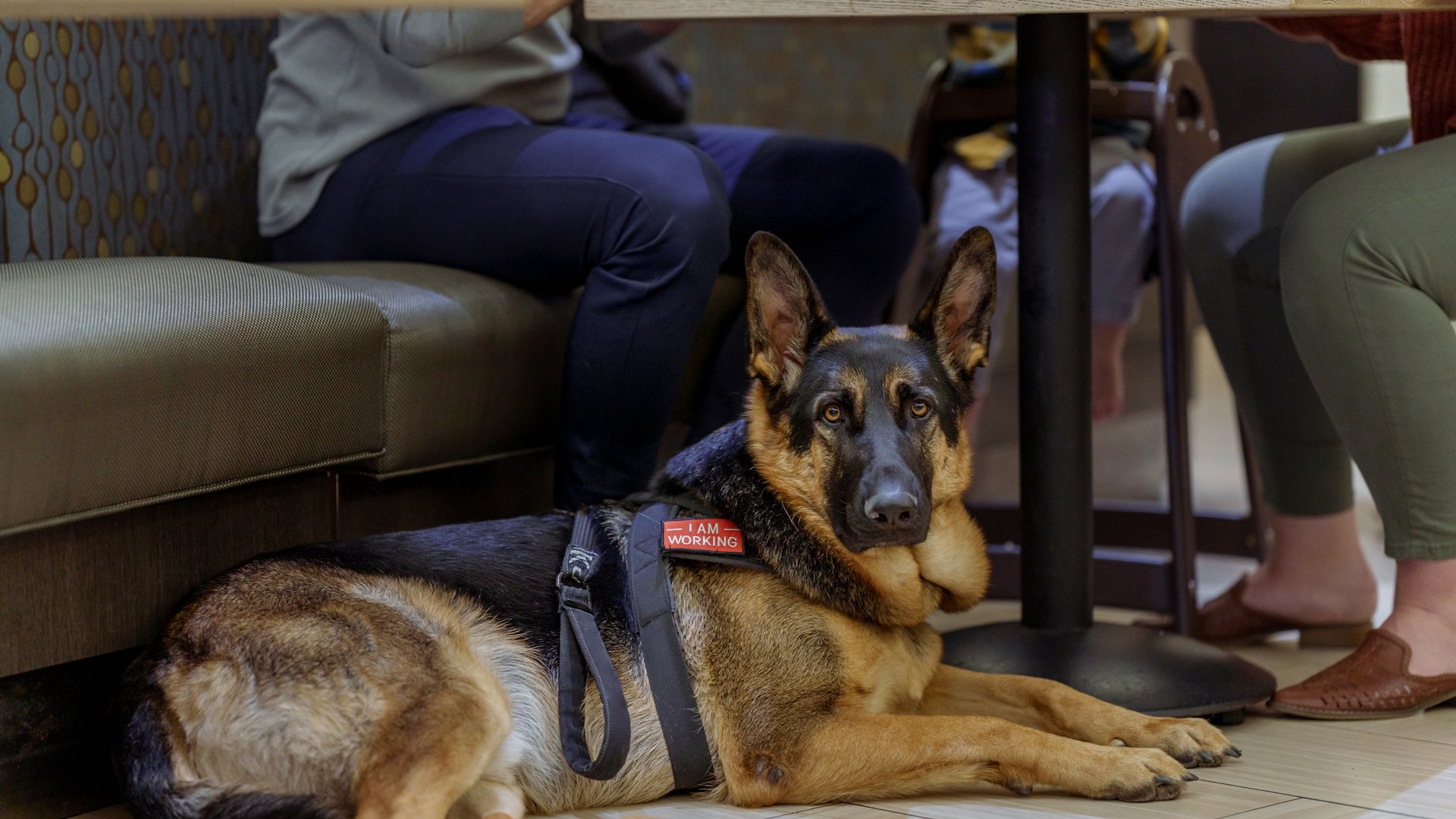
Although many restaurants are dog-friendly, they aren’t usually allowed in the areas where food is served or prepared. Service dogs are exempt from this. They must be allowed to accompany their handlers through self-service salad bars, for example, and in communal food preparation areas such as you might find in shelters.
However, they are not allowed to be seated at the table!
12. Waiving hotel room fees
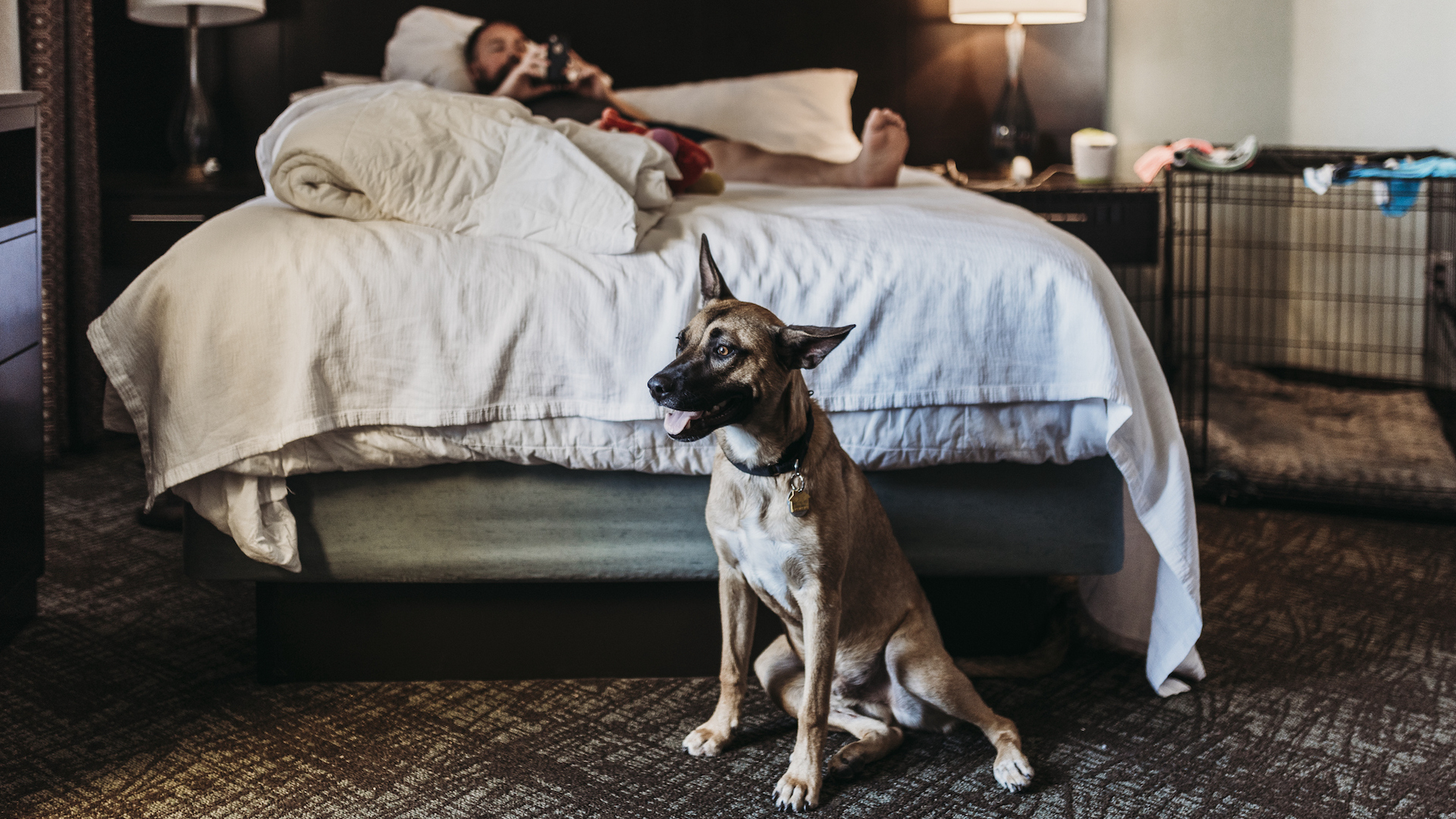
While most hotels charge extra for guests who bring dogs because of the inevitable cleaning burden of shifting the dog hair and dander, they aren’t allowed to add this cost to the bill for a service animal – unless they cause damage. So feel free to visit the top US cities to have a dog.
13. You can have two service dogs working at once
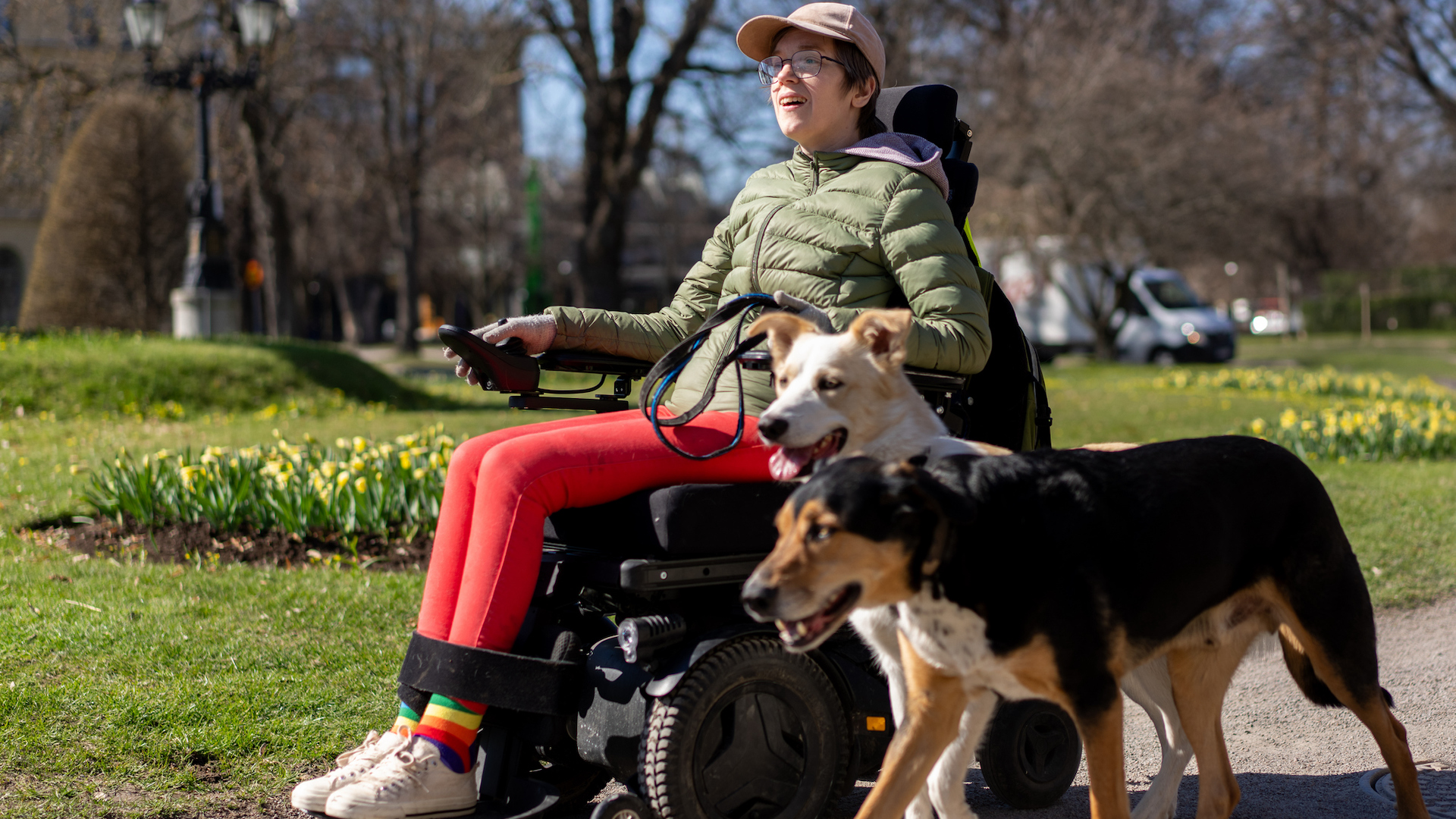
If a person has two disabilities – for instance, they are partially sighted and have epilepsy – they may have a service dog to perform tasks related to each condition. One to help them find the way, the other to alert them to imminent seizures and keep them safe.
14. Banned breeds do not apply to service dogs
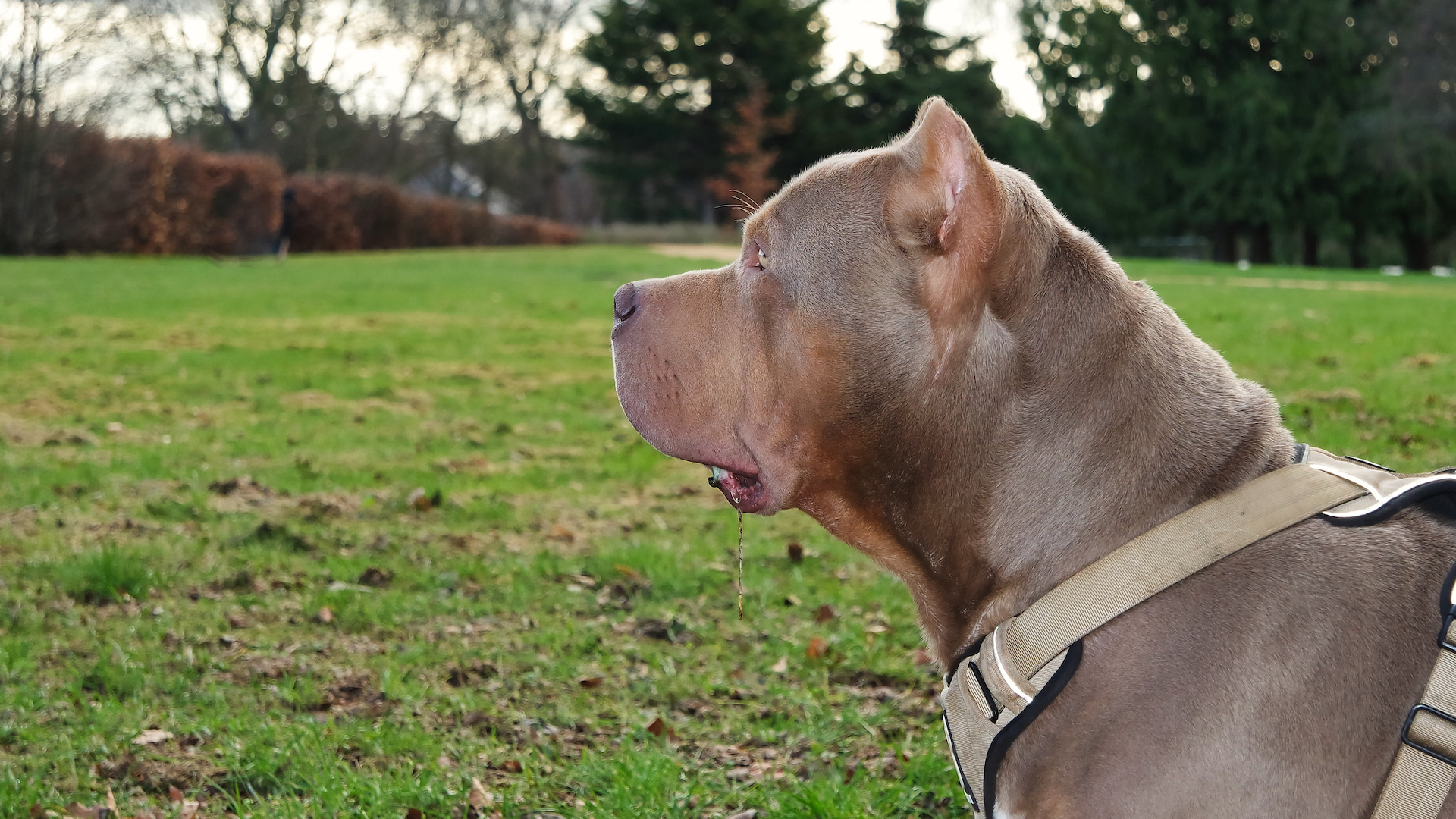
Where a municipality has banned a certain canine breed, they have to make an exception for a service dog, even if it is a prohibited breed. The only caveat is, of course, that the dog does not pose any threat.
So while specific dogs of a prohibited breed may be excluded on a case-by-case basis, banning a dog simply because of its breed is not permitted.
15. Service dogs do not always have to be leashed
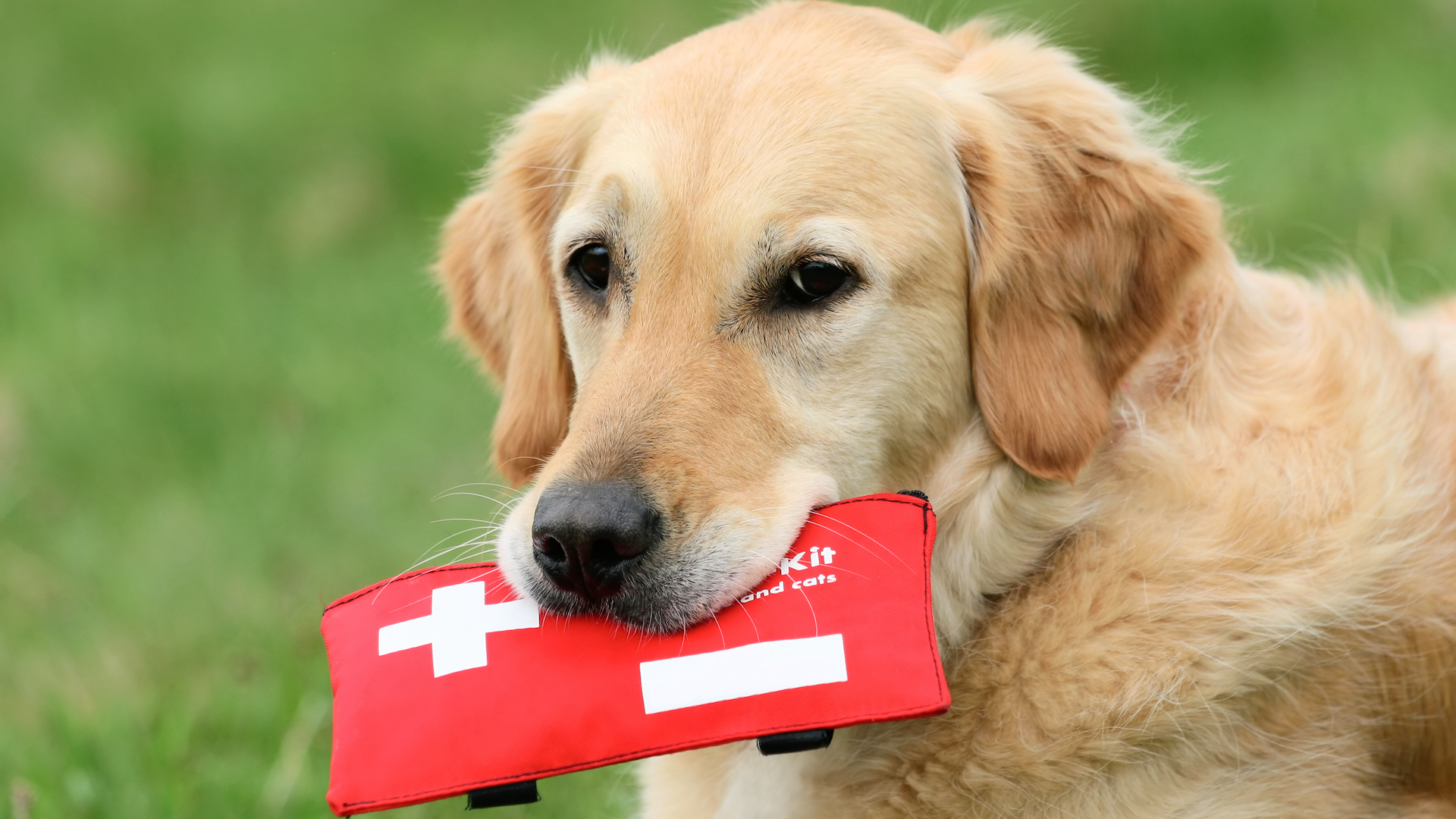
Usually, it is expected that service dogs will be leashed. They must be harnessed with one of the best dog harnesses, leashed or tethered in public except where this interferes with how they assist the person with a disability.
Examples of when being off-leash is permissible would include: a veteran with post-traumatic stress disorder may have a service dog that is trained to go and check out a room before his handler enters because they suffer from anxiety about unfamiliar spaces. Or a wheelchair user may require their dog to go and fetch an item for them.
16. Not welcome in places of worship
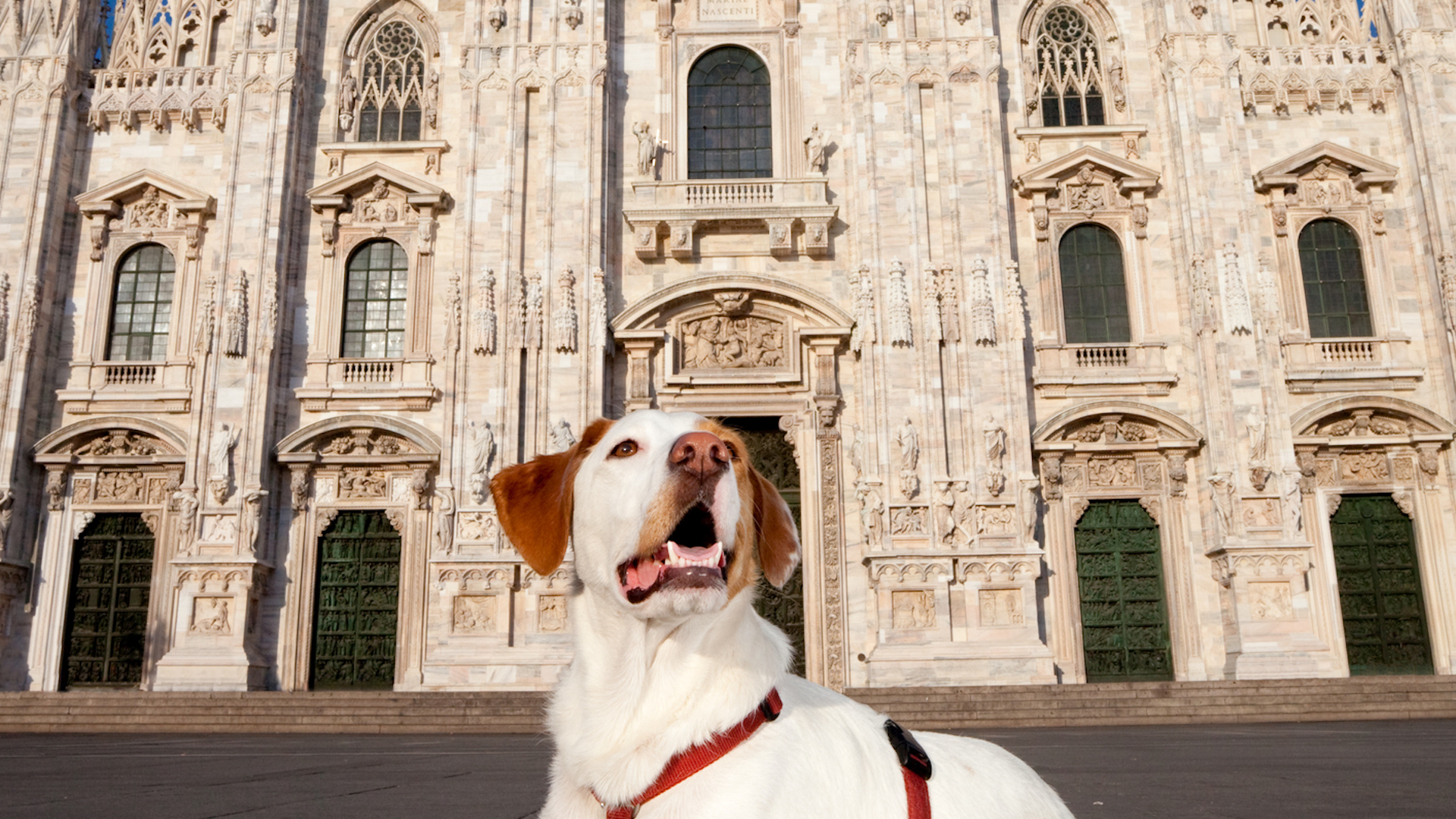
Although individual states may have their own laws, in general, religious institutions and organizations are exempt from ADA legalization.
However, in practice, many churches and places of worship will permit service dogs, but it needs to be requested.
17. Using the bathroom on command
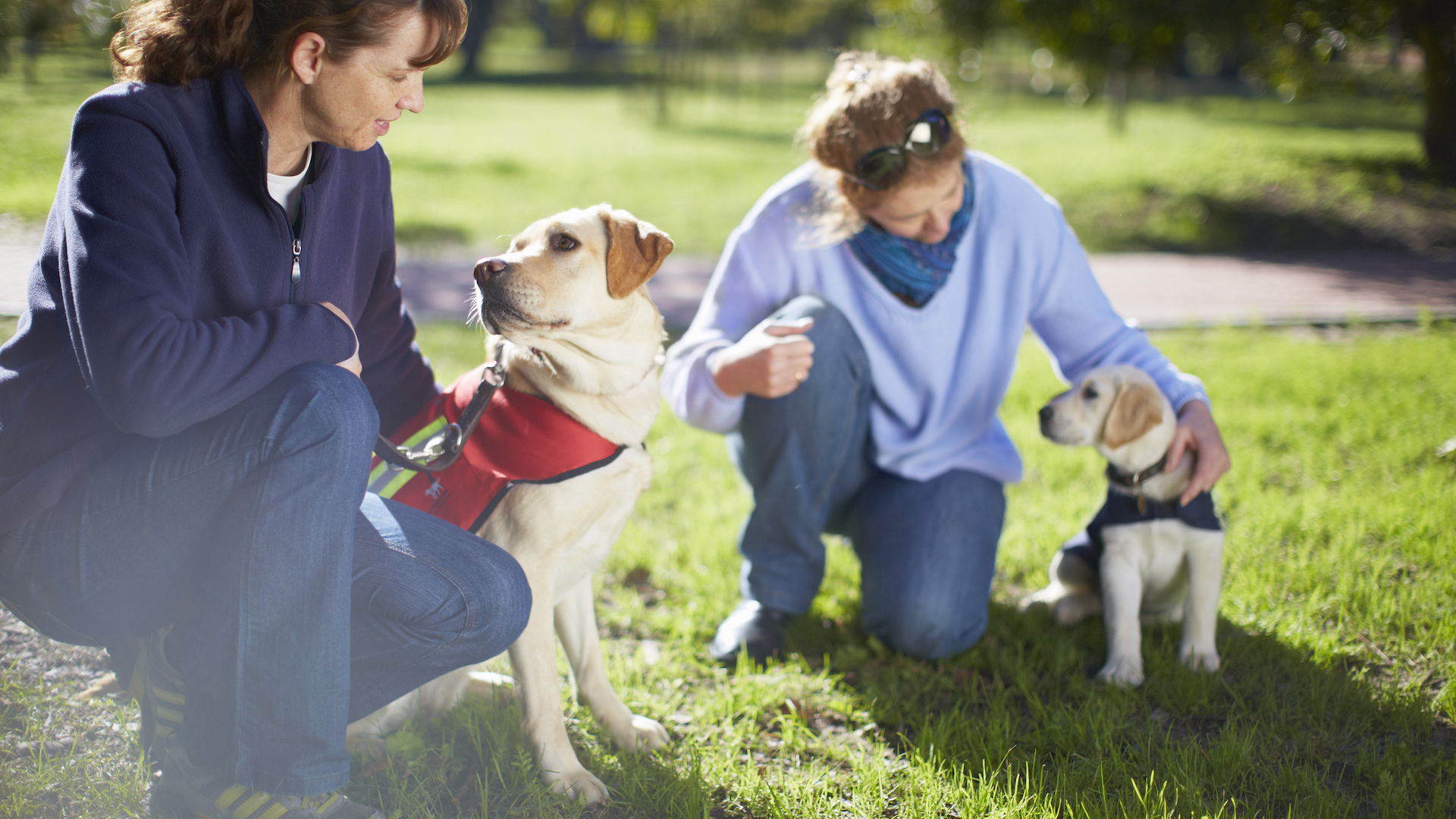
Service dogs are trained to do their business on command so that they are unlikely to foul in a public place. Now that’s a handy trick!
18. Multi-tasking
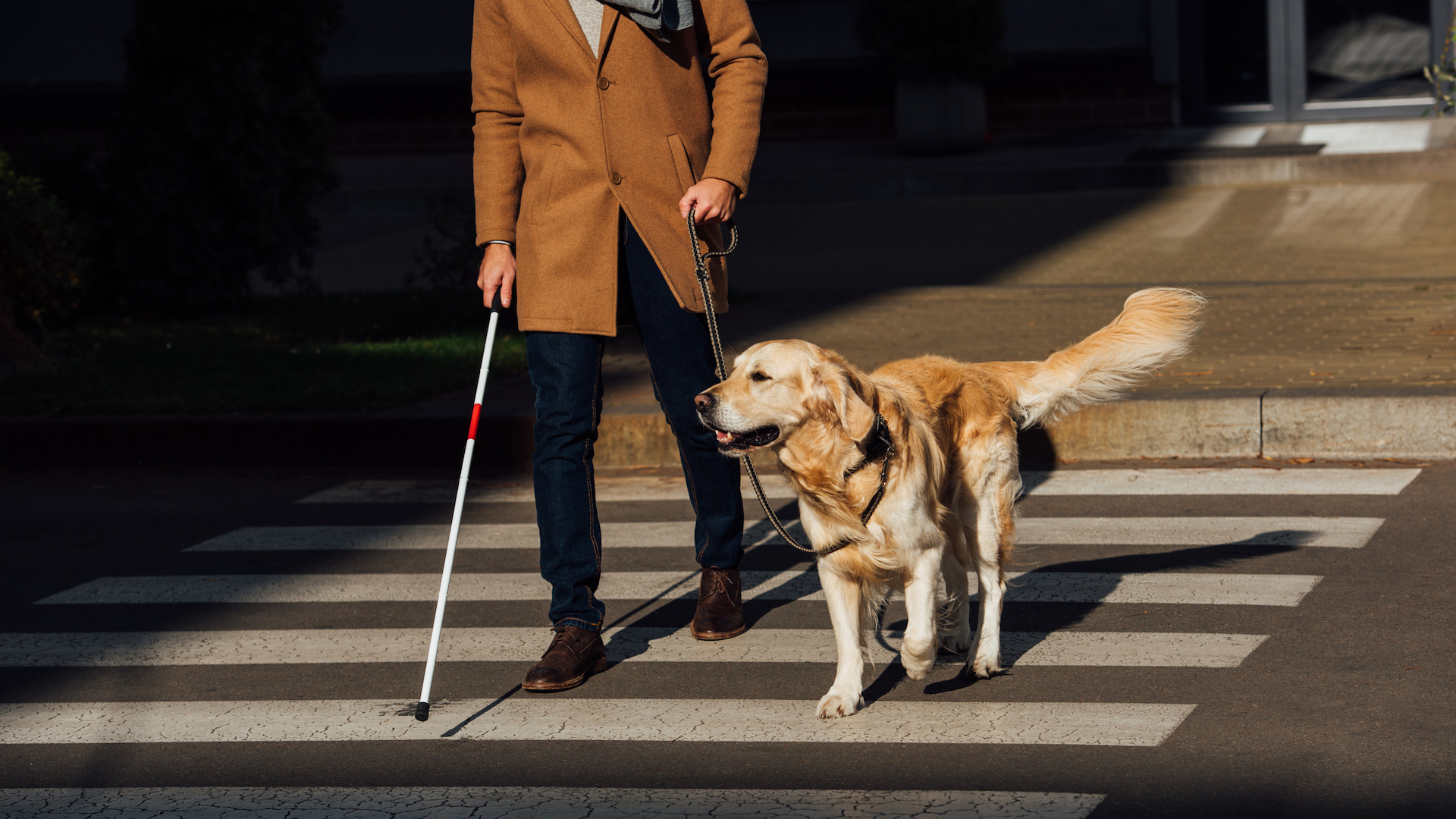
Service dogs are typically trained to perform around 50–60 tasks, for example, crossing roads safely, turning on lights, pushing elevator buttons, opening doors, alerting their owner to doorbells, alarm clocks, and so on.
This takes quick and easy tricks to teach your dog to another level.
19. Peace and quiet
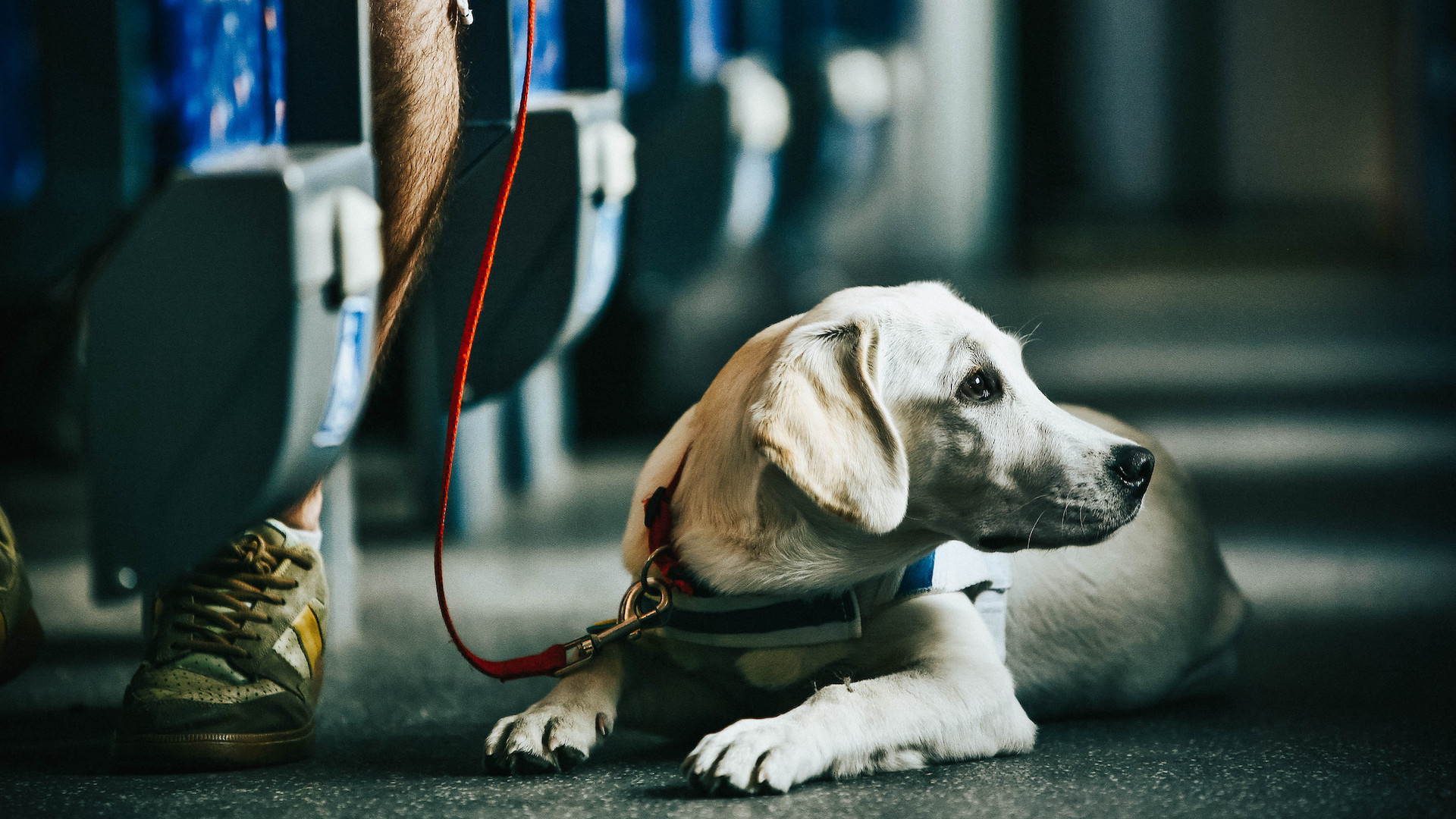
Service dogs should not bark repeatedly. They are trained not to bark unless asked to, making them an unobtrusive visitor to indoor spaces such as public transport and libraries.
20. Always ask before approaching a service dog
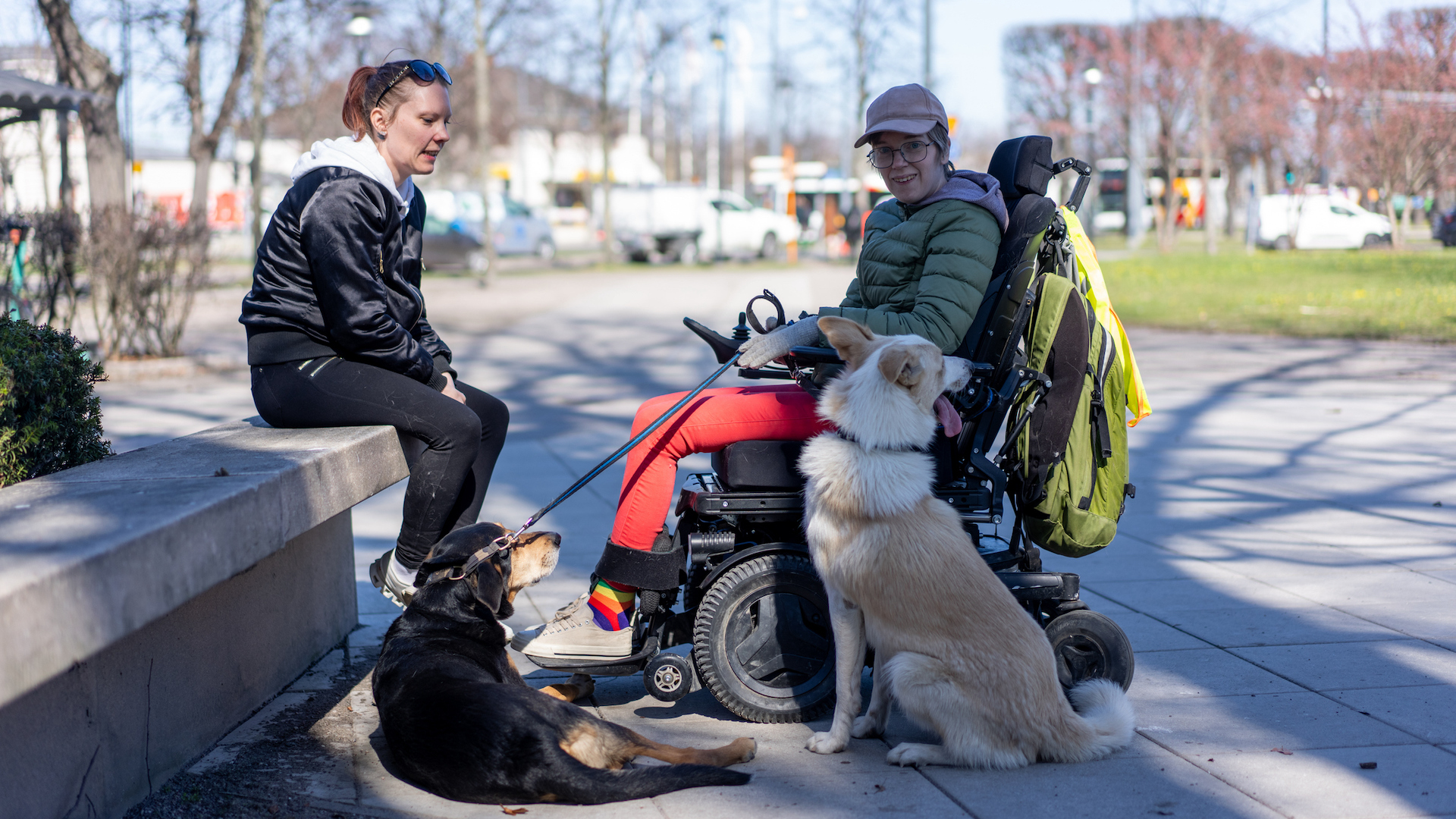
A service dog is at work, performing life-enhancing – sometime life-saving – tasks for their handler. They are taught to ignore strangers’ commands. Other people coming up to pet the dog or ask questions are a distraction, so always check with the owner before interacting with the dog.
21. Over a century of guide dog training
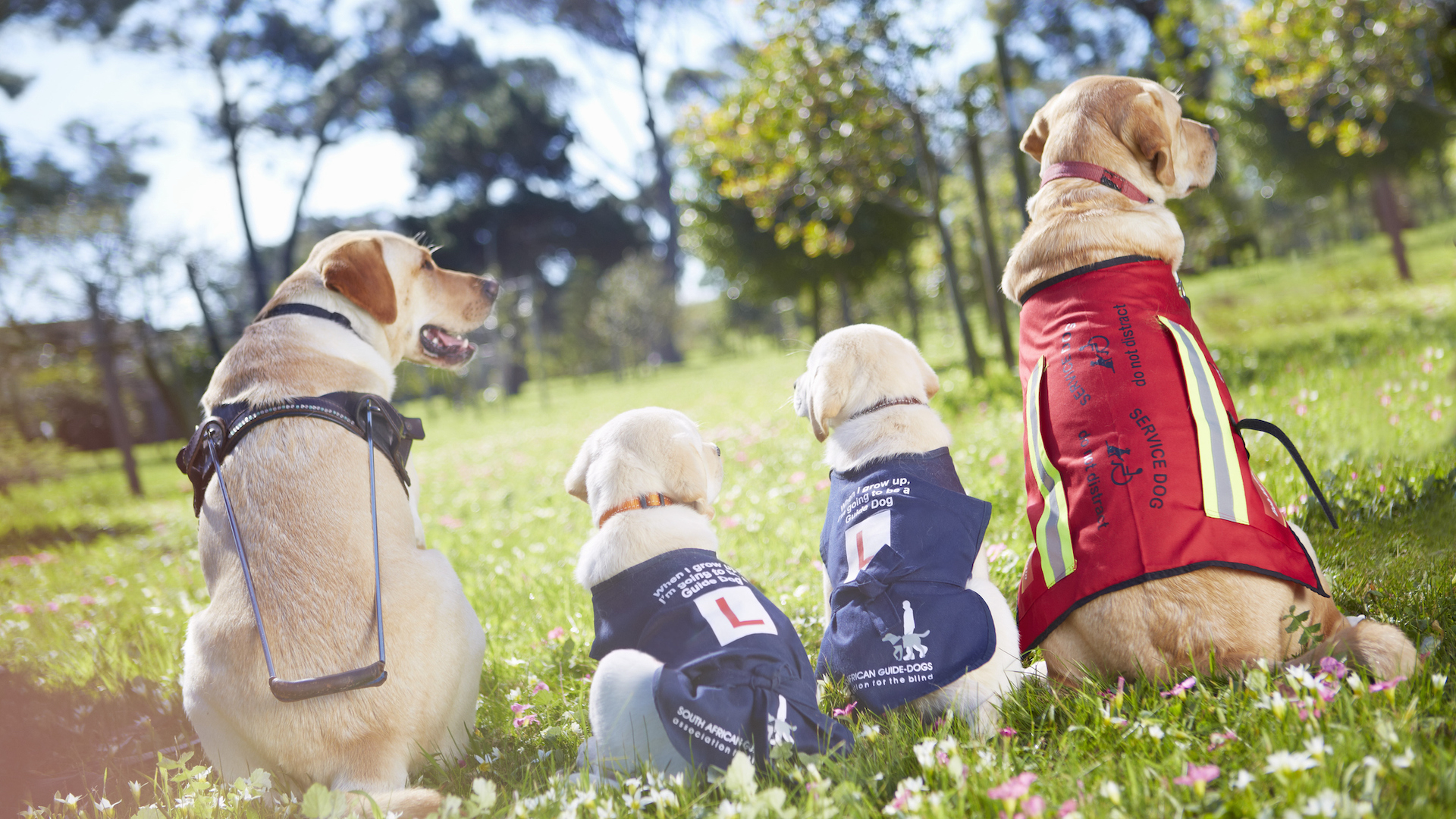
Back in 1916, the first official school for training service dogs opened in Germany. It was set up to train dogs to help veterans and those with visual impairments. This was the catalyst for the establishment of service dog training schools across the globe.
22. Presidential seal of approval
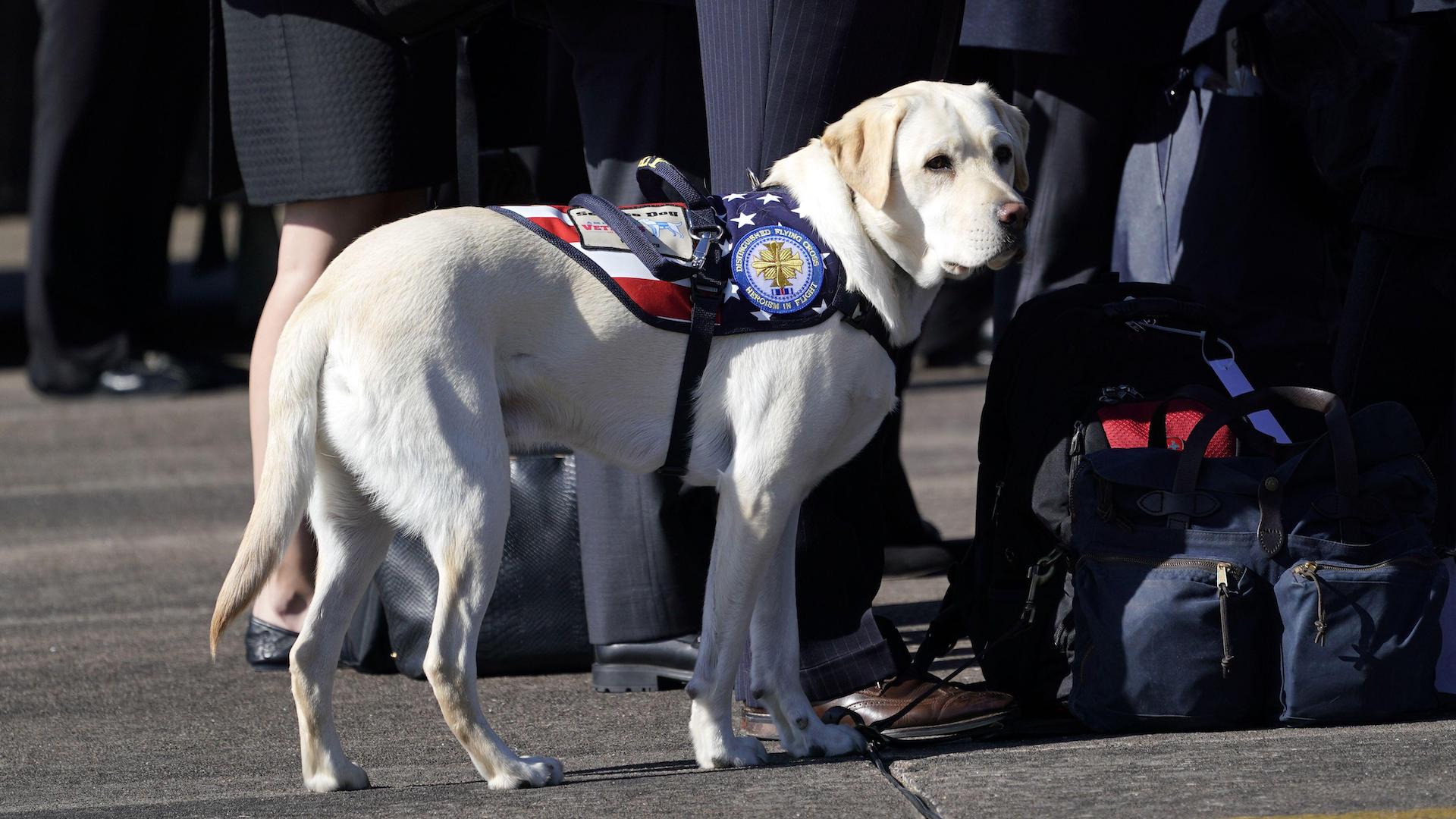
Sully, a yellow labrador, is one of the most famous service dogs. He served the 41st US president George H.W. Bush during his years with dementia and helped him with numerous everyday activities such as turning on lights, fetching things, and seeking help in emergencies.
After Bush’s death, Sully went on to work with veterans at the Walter Reed National Military Medical Center.
23. They know how to let their hair down
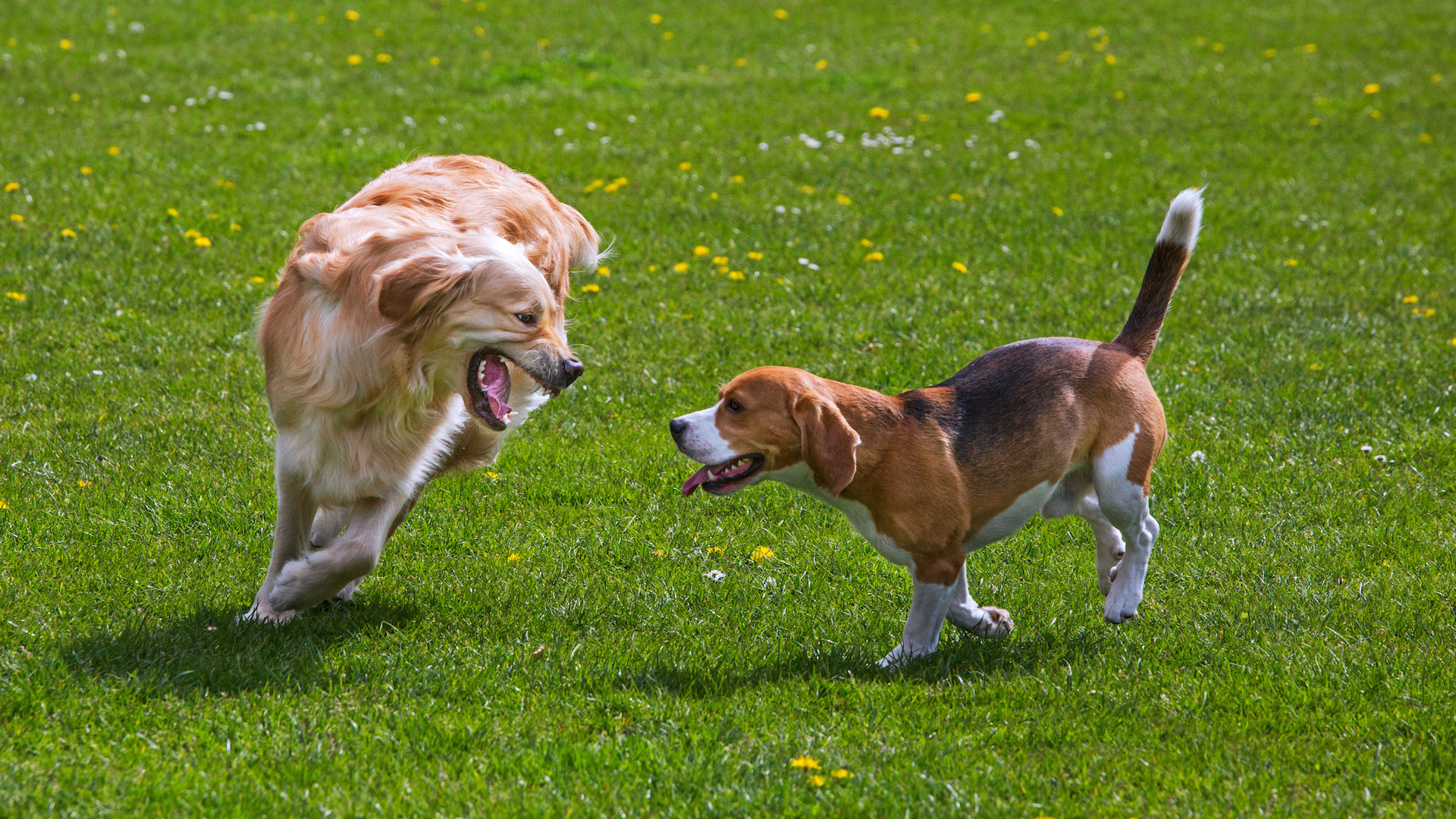
Like most of us, service dogs often have different faces for work and play. While they take their jobs very seriously, when they‘re off duty many of them love to run around and play like any other dog.
24. An expensive education
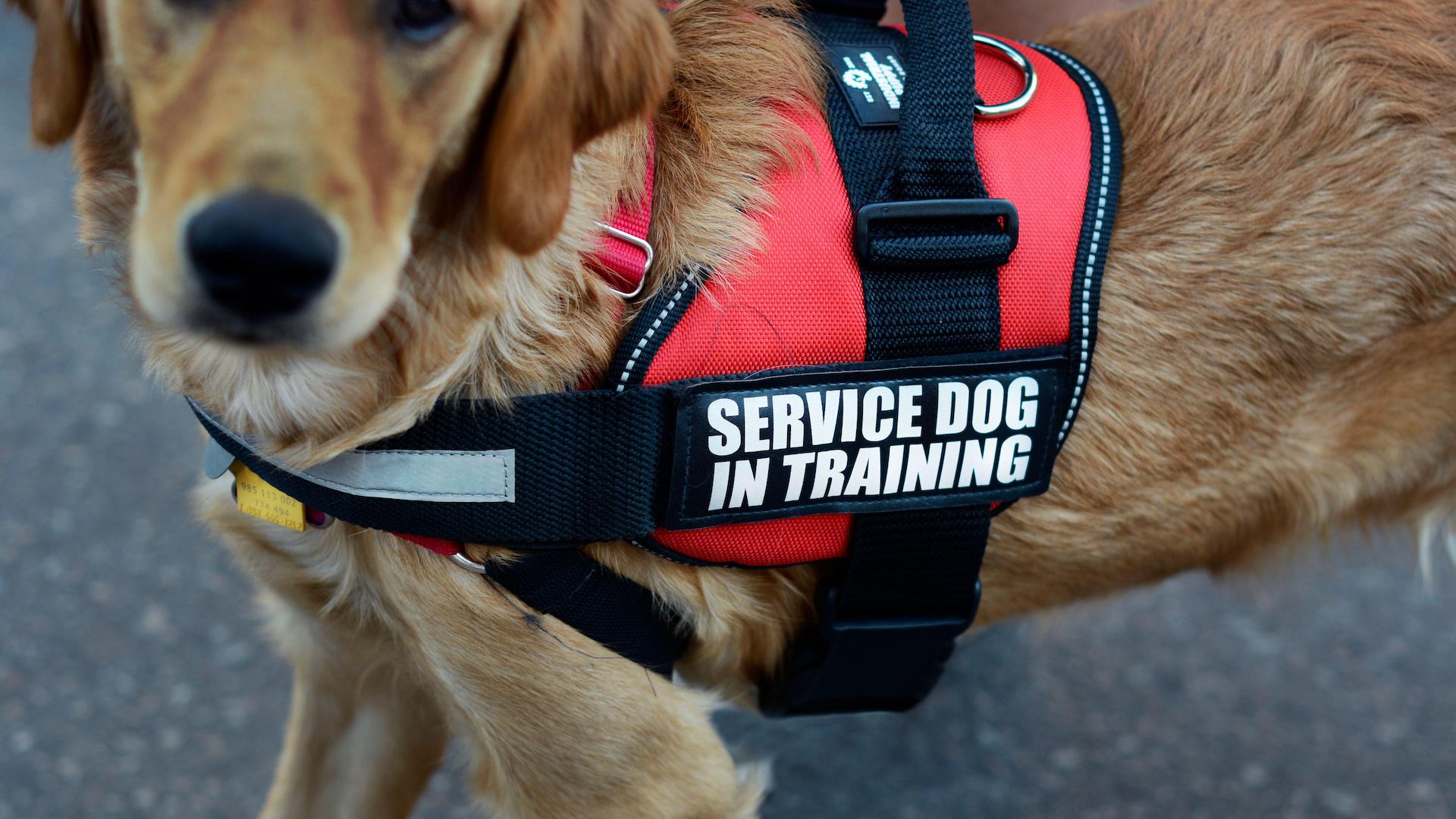
Training, or buying, a service dog is an expensive business. A fully trained service dog is likely to cost at least $15,000, and possibly up to $50,000 from one of the main US training organizations depending on the breed and degree of training, according to the National Service Animal Registry.
Those that already have a dog that they want to train to be a service dog, expect to pay a considerable hourly rate for this exclusive level of obedience training. However, financial aid is available for people with disabilities that require a service dog.
25. Free plane tickets
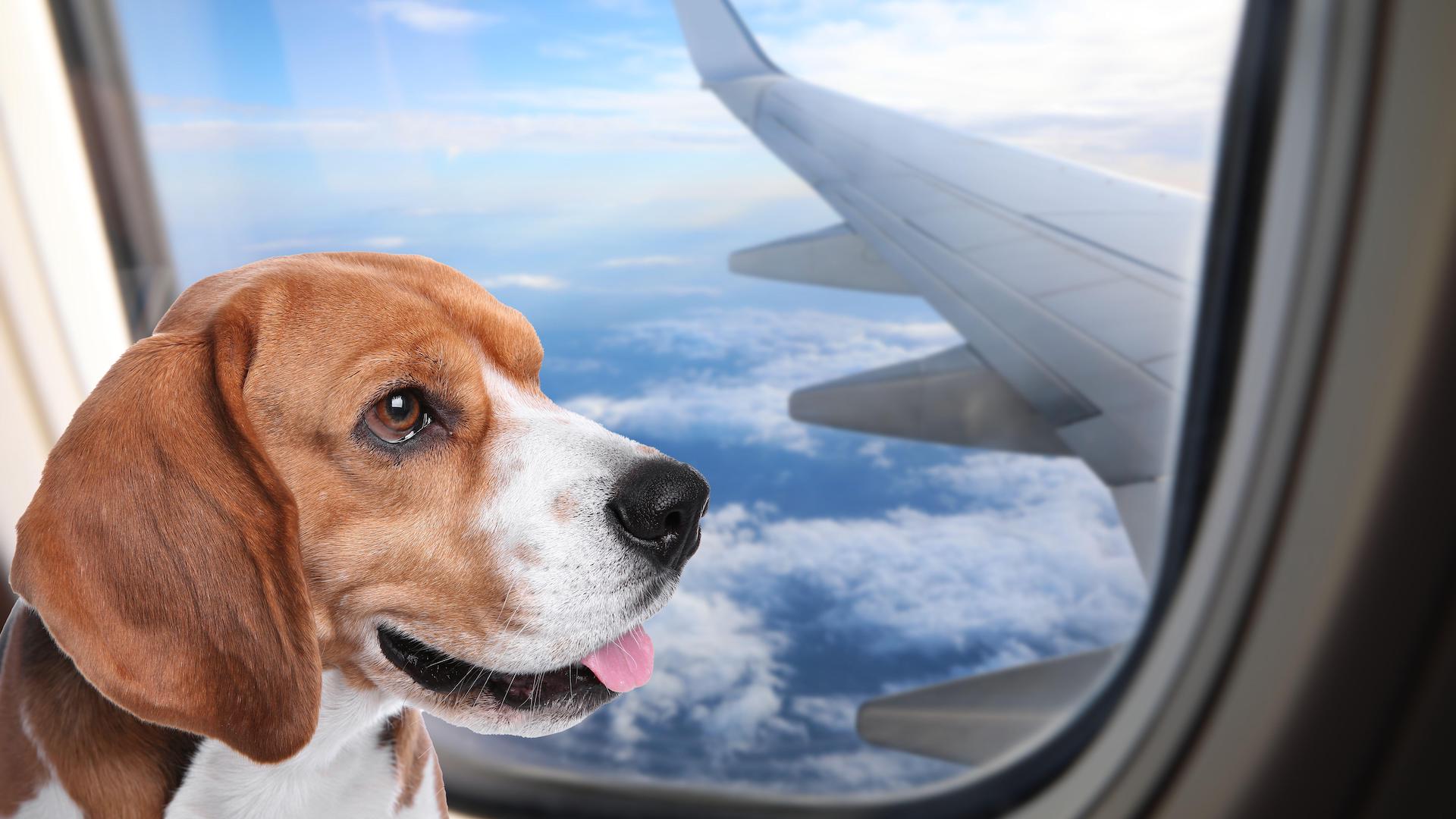
Service dogs must be allowed to accompany you in the cabin of an aircraft at no cost, according to the Air Carrier Access Act 49. Each airline has its own guidelines beyond this legislation.
26. A long training process
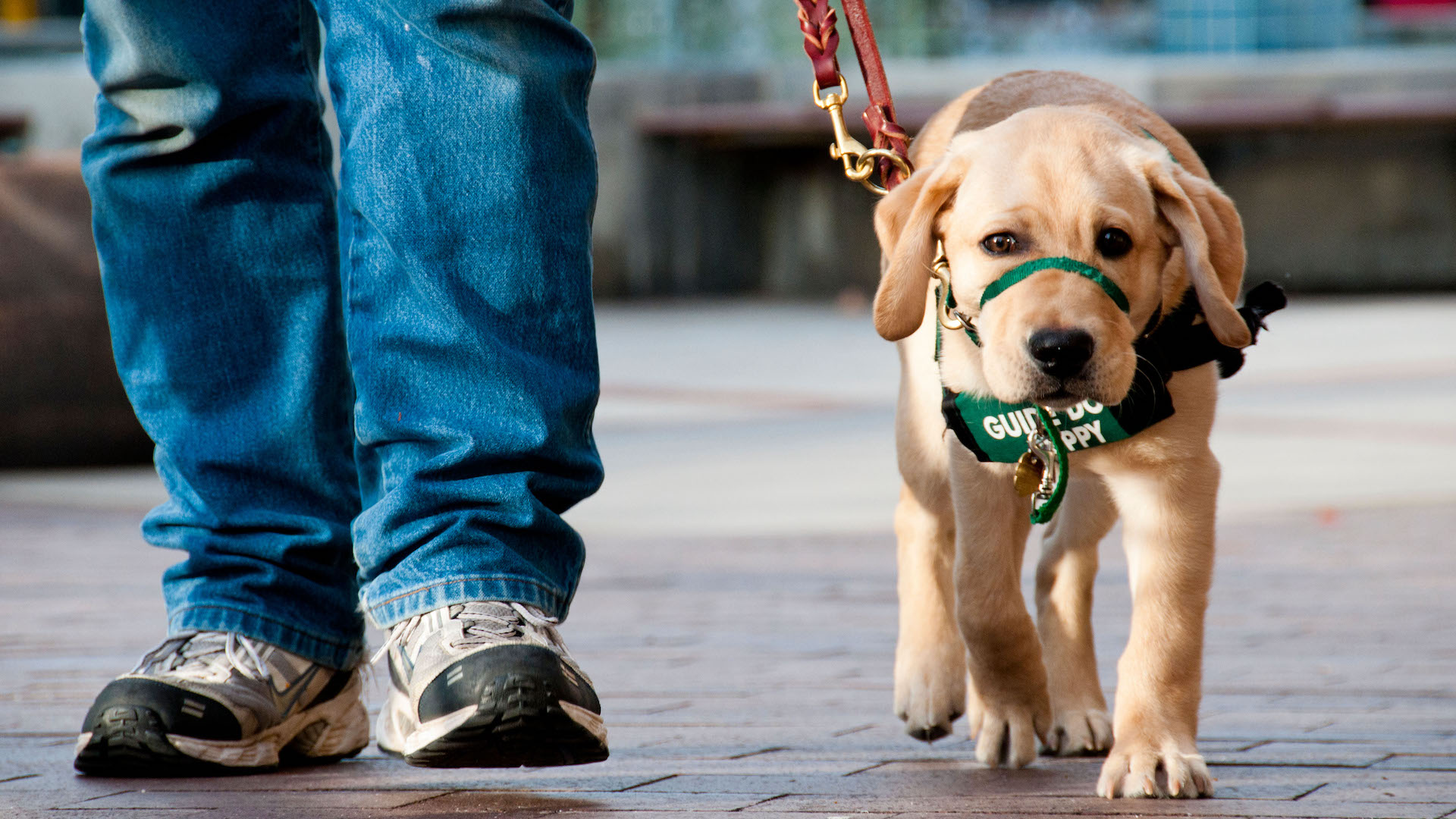
Service dogs are typically started on specific task training from the age of six months. But it will take up to two years for a dog to be trained to its full potential.
And budding trainers of service dogs need to study for even longer. Most assistance dog training programs have a two to three-year apprentice training program, according to Assistance Dogs International.
27. There are only half a million service dogs
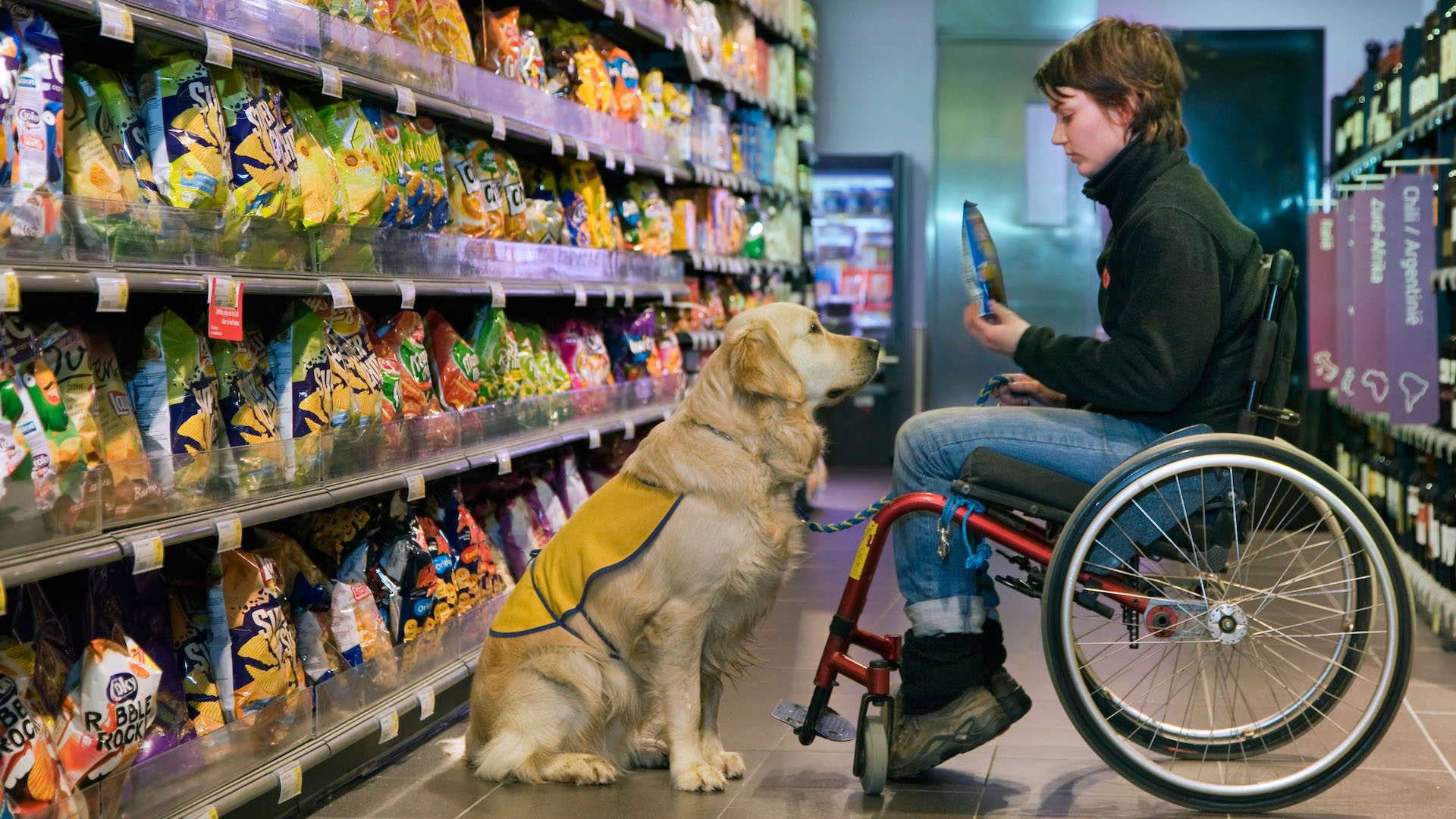
In the US, it is estimated there are around 500,000 service dogs, according to ShareAmerica, the US Department of State’s platform for sharing stories and debate. Although this number is expanding, it is an extremely low figure compared to the estimated 61 million American adults with a disability, according to the Centers for Disease Control and Prevention.
28. Rescue dogs can make great service animals

NEADS World Class Service Dogs runs a breeding program to ensure the most appropriate genes are perpetuated to make the best service dogs. However, they also select alert, energetic dogs from animal shelters as ideal candidates for training as hearing dogs.
29. Not all service dogs in training make the cut
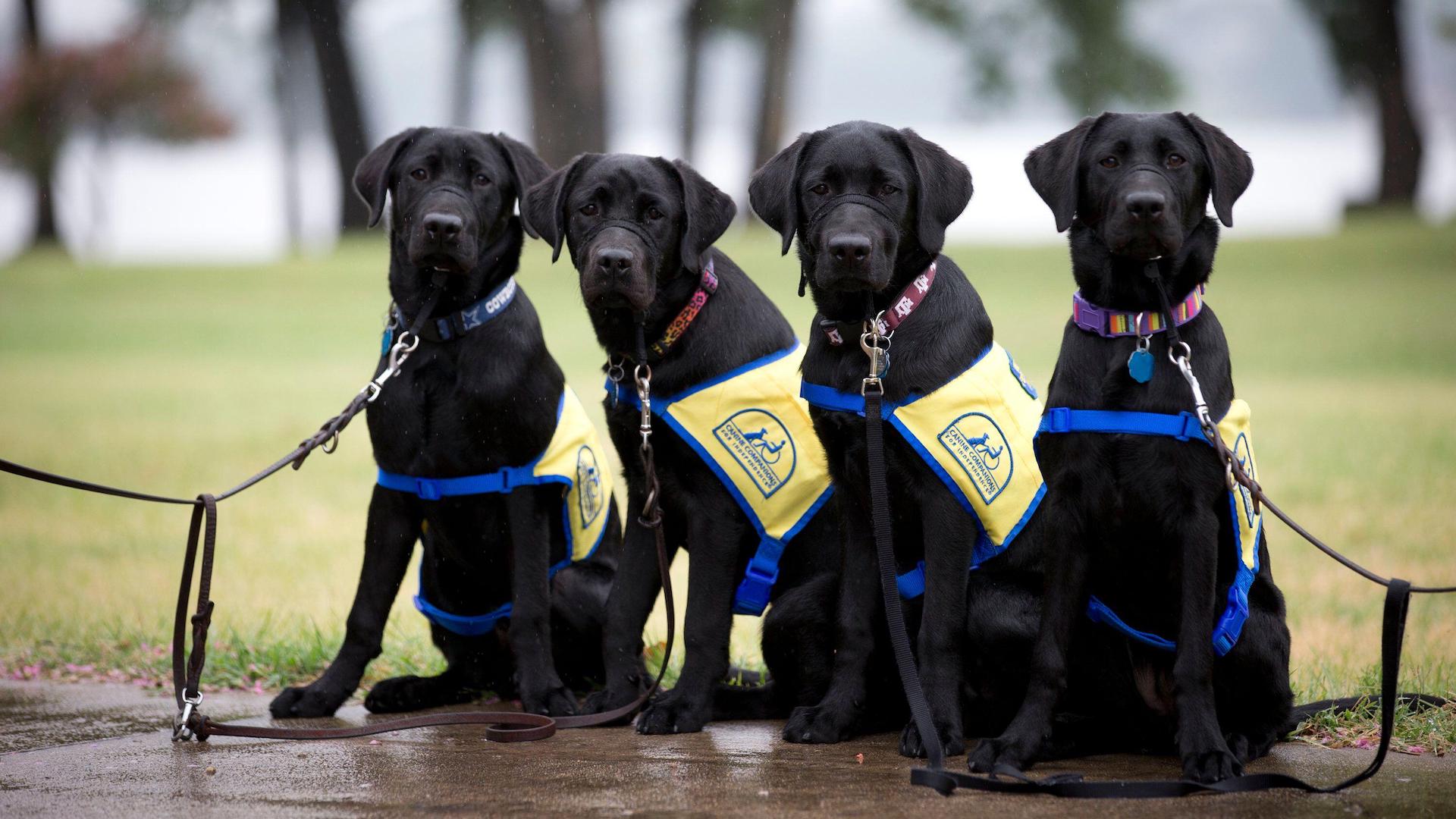
Training to be a service dog, that will potentially save their handler’s life time and again, is rigorous. The training standards are sky-high and it is estimated that around 50–70% of dogs-in-training do not make the cut.
However, these dogs are far from being drop-outs. They had already been selected for their wonderful temperaments and intelligence, and it’s usually easy to find them a loving home as a well-trained pet.
30. Watch out for fakes
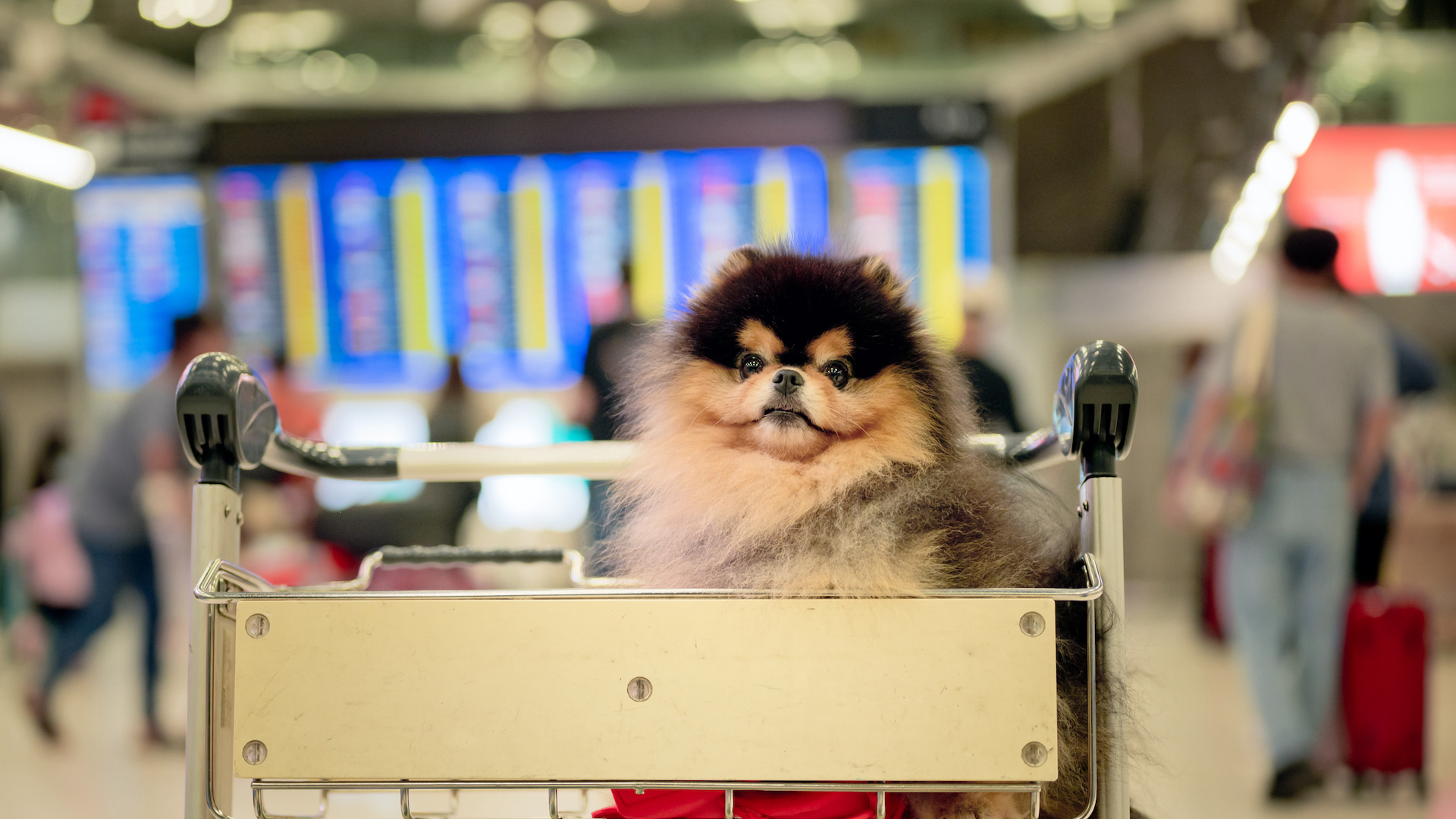
Sadly, because federal laws protect people with disabilities from intrusive lines of questioning, some people fraudulently pretend their dog is a service animal, for example, to get their dog into the cabin on a plane, for free.
This is detrimental to those who do genuinely have a disability and affects their reputation. Untrained animals being manifested as service dogs can be a danger both to the public and to real service dogs. Some state and local governments have laws that make it an offense to misrepresent untrained animals as service dogs.
31. The discernment of hearing service dogs
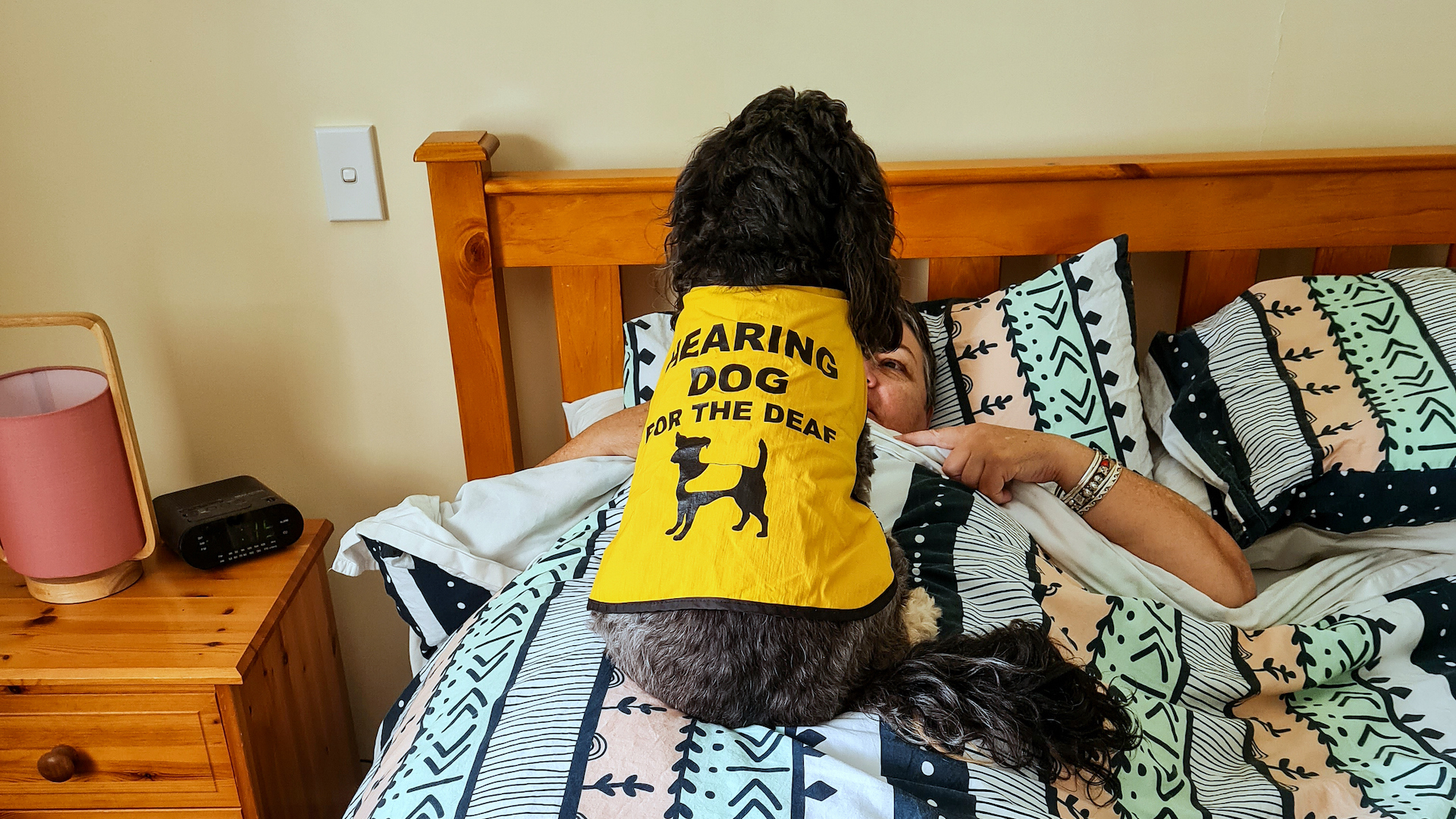
Hearing dogs are not only able to differentiate between the sounds such as a doorbell, alarm clock, smoke alarm or voice and what they signify, but can communicate that effectively to their handler. Wow!
32. The power of the sense of smell

Seizure assistance dogs are trained to detect changes in the smell of their handler's blood, which could be a sign of an imminent seizure. They will then communicate this to their handler, with enough time to enable them to take appropriate precautions before it is too late.
Likewise, allergy-detecting dogs can sniff out minute amounts of life-threatening allergens for children, enabling them to lead normal lives without panicking about hidden threats.
Martha is an experienced journalist working in both print and digital media. She specializes in the canine, equine and rural sphere where she has covered a wide range of topics from cloning animals and the ingredients for a perfect yard dog, to helping owners find the best canine GPS trackers on the market. When she’s not busy writing about dogs and horses, she’ll be found either aboard a horse or looking after the menagerie of pets in her care.
